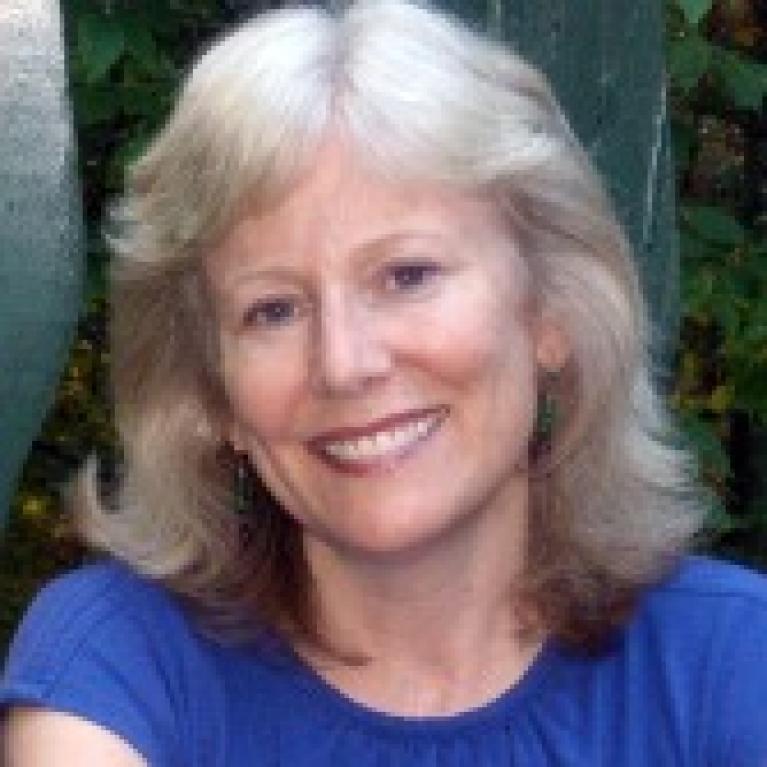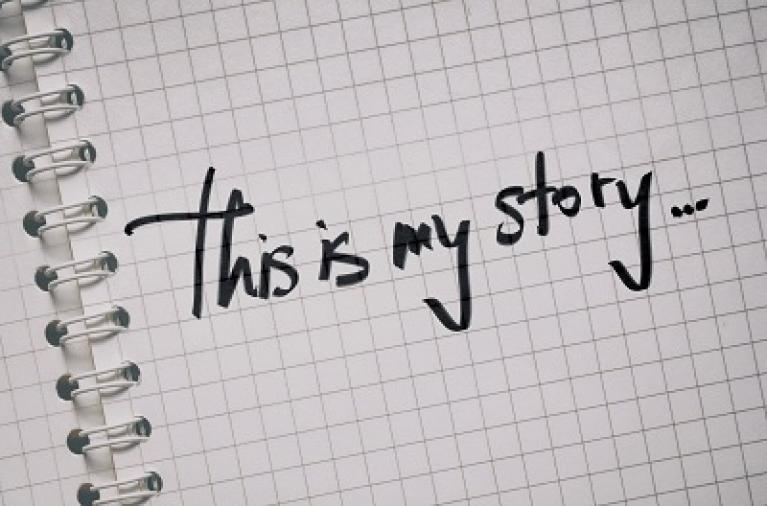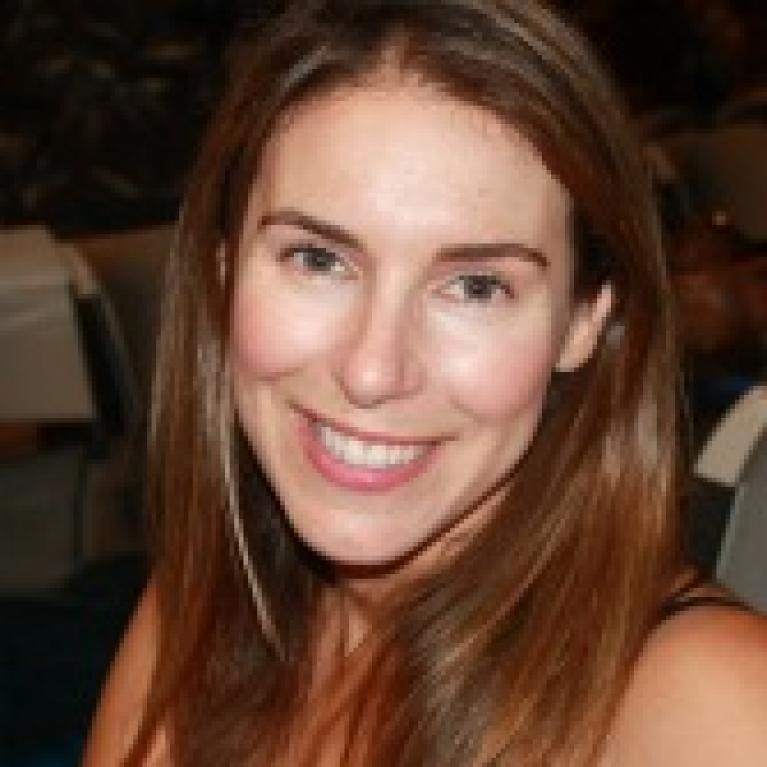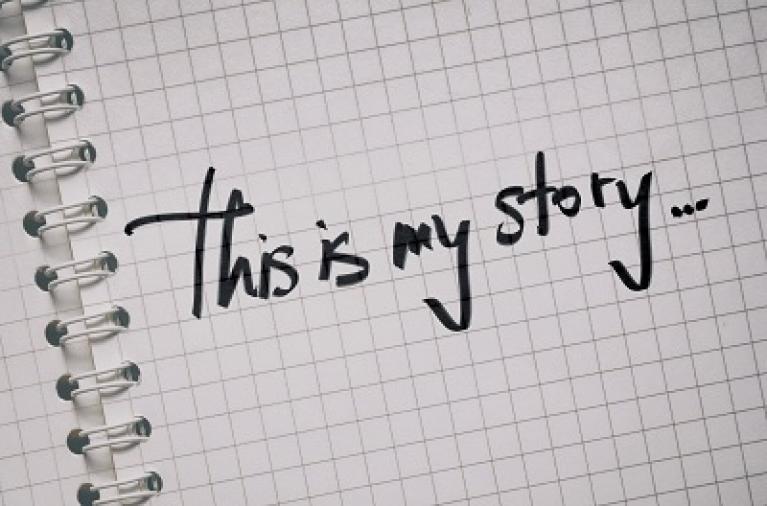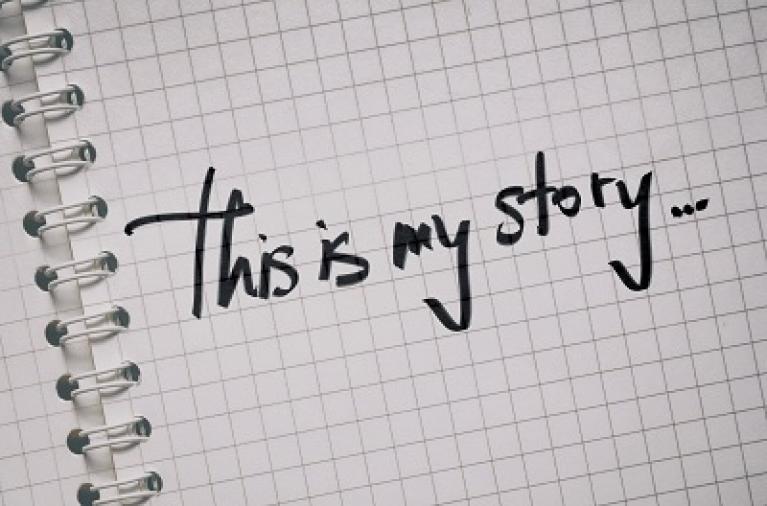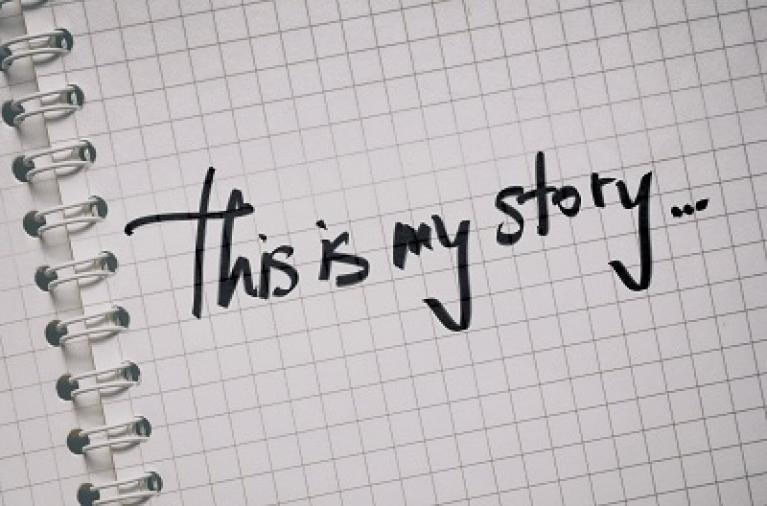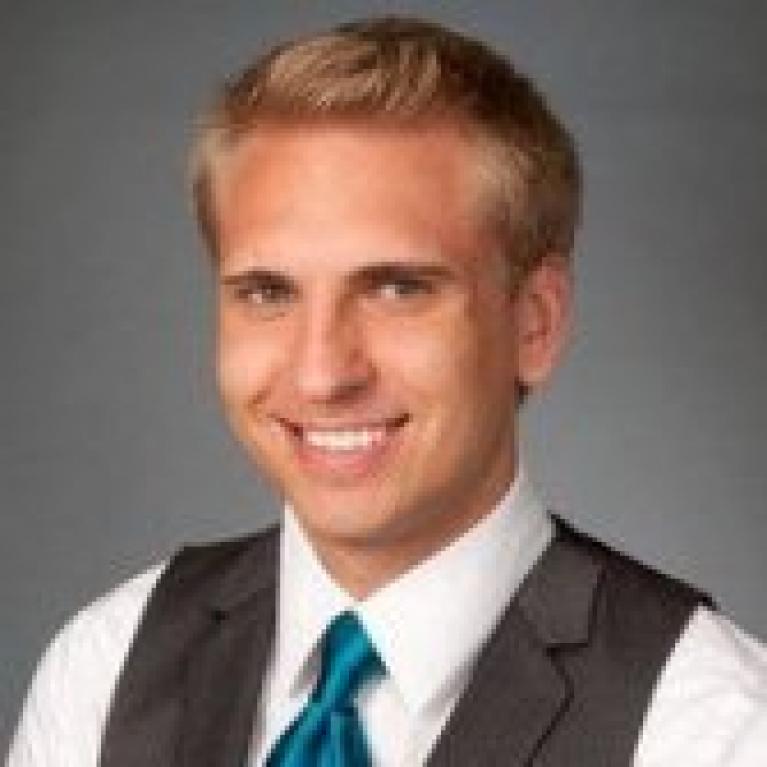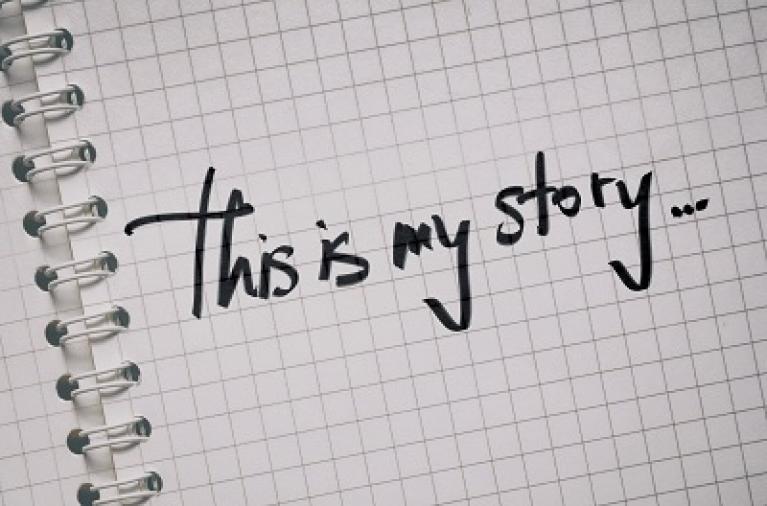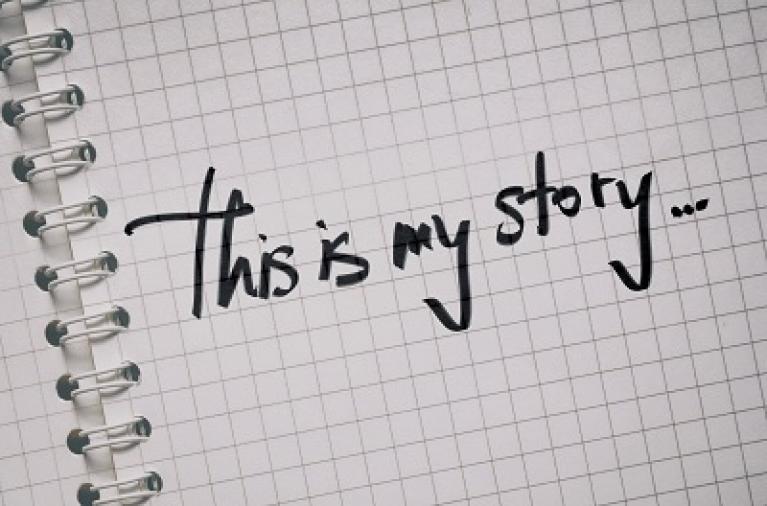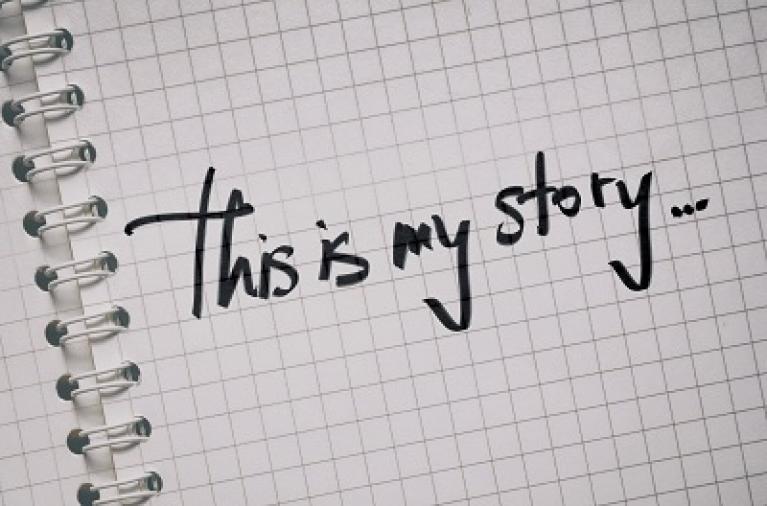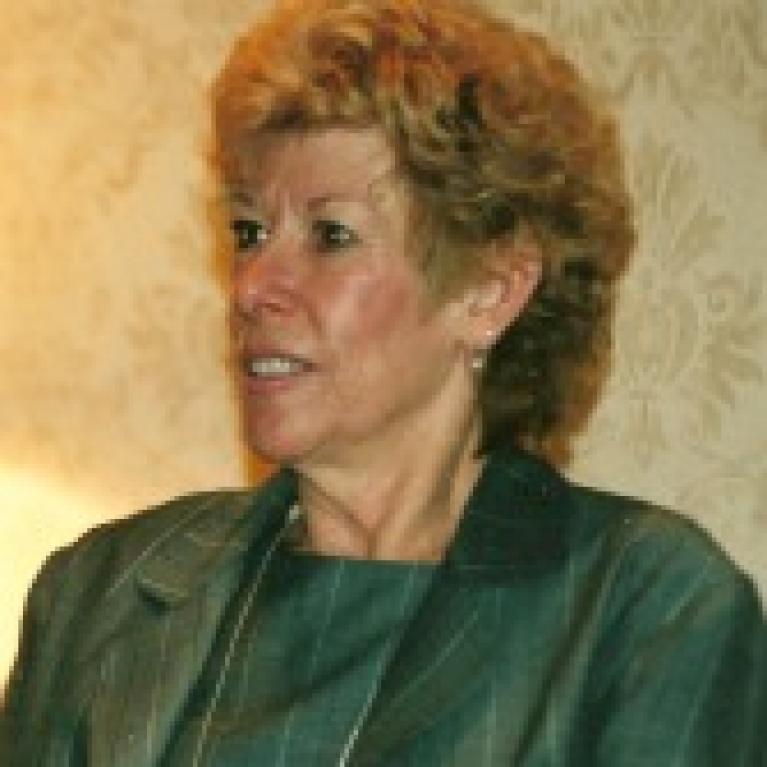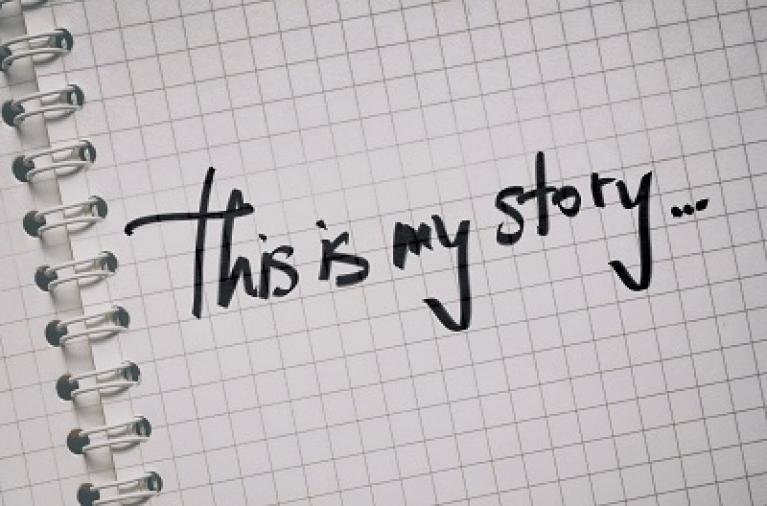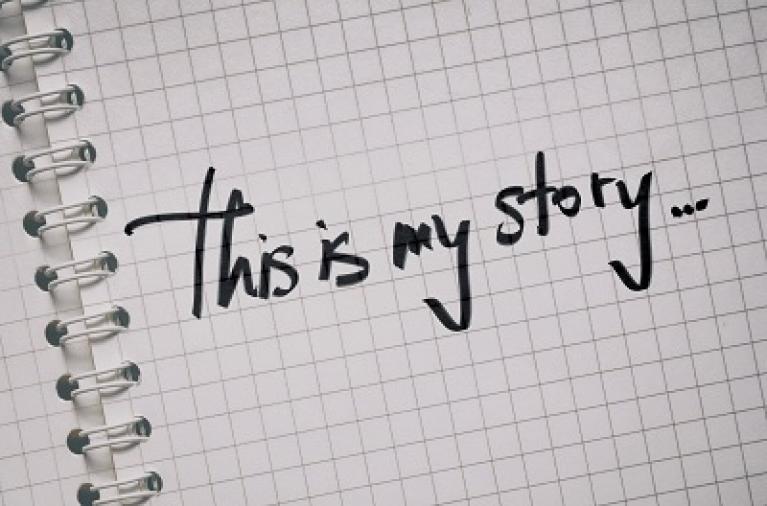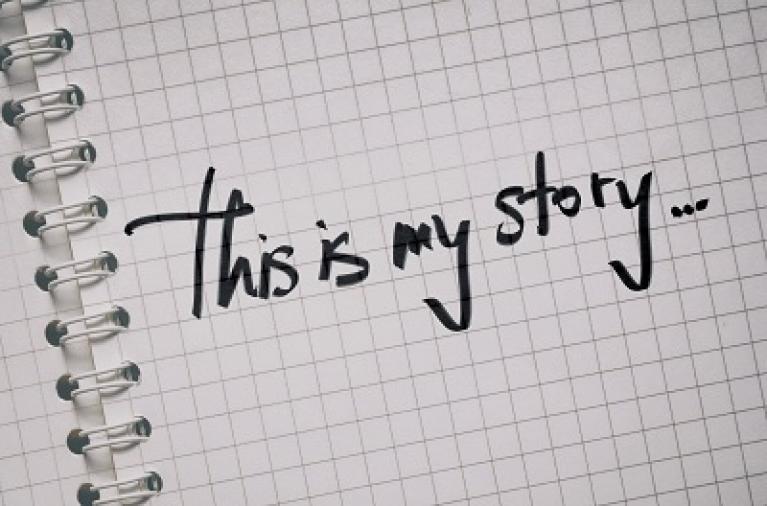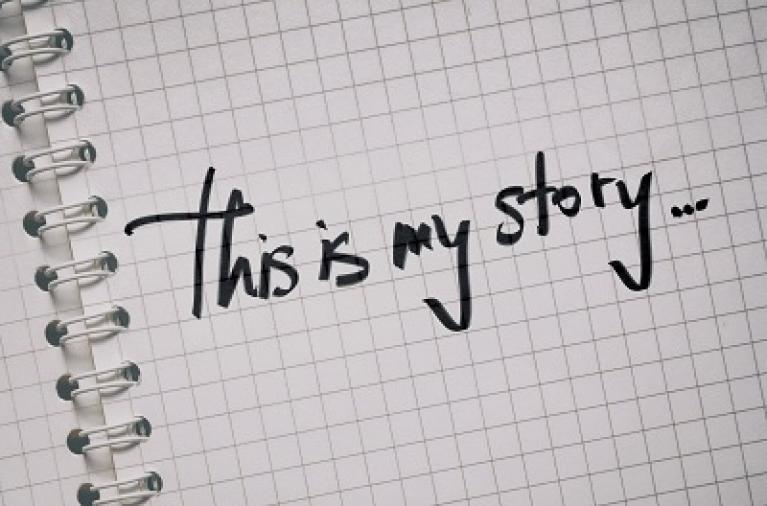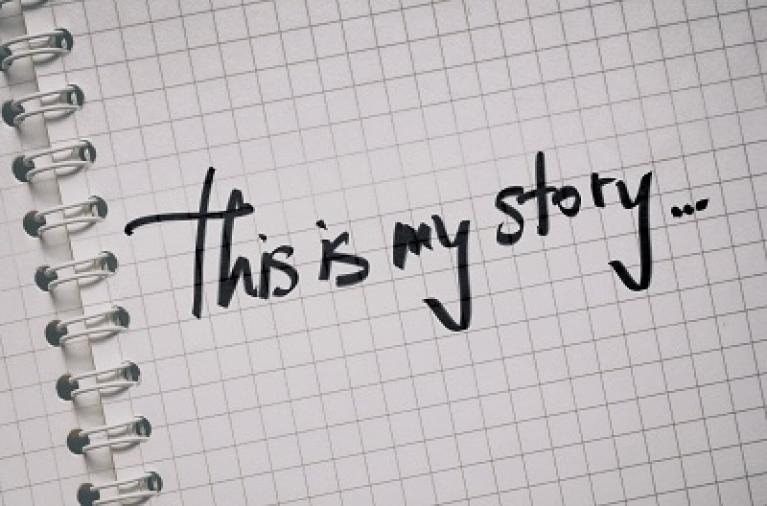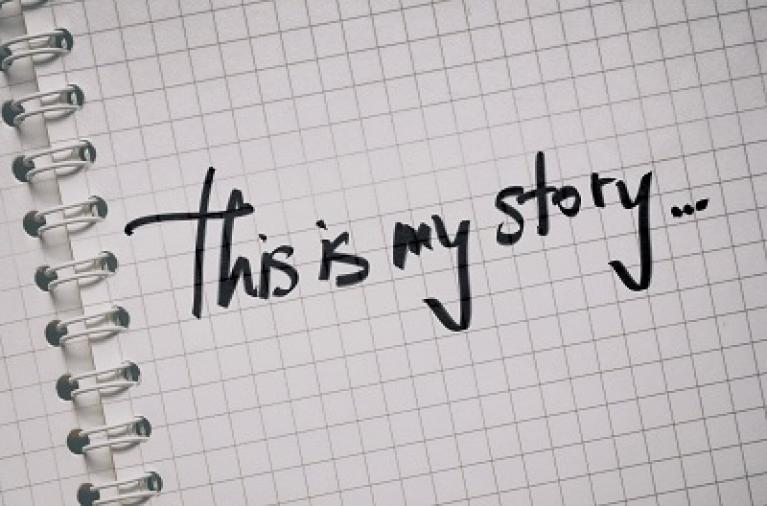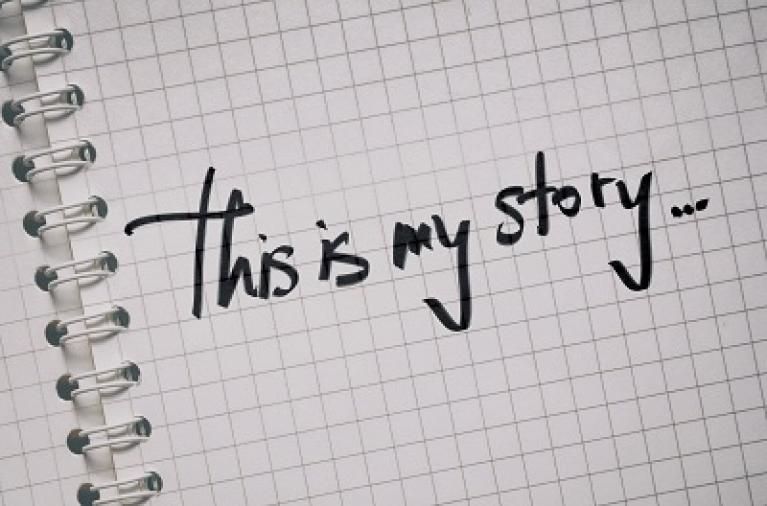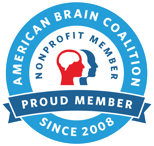Browse Personal Stories
Why is it that artists so often depict two autonomous versions of the self? The self leaning on the sink and the self reflected in the mirror. The self pacing the kitchen in a frenzy and the self calmly seated at the table. The self barricaded inside the walk-in freezer at work for just a moment of solitude and the self leaning nonchalantly against the frozen french fries, without a care in the world.
Growing up as a terrified Amish child was extremely difficult because I could not speak to anyone about my fears, nightmares, and personal illusions that were perceived as reality. My family did not believe in any form of expression or communication because we were in the strictest Amish sect. They did not even believe in hugging their children or saying I love you.
It seems so unreal that back in 2000 when I was first diagnosed with depression and anxiety that I could ever imagine I would have found the PERFECT tool for my toolbox and my BEST medicine; that would have helped me cope with all these important mental health issues that I face. I attend therapy sessions twice a month with my therapist but that’s not the way I cope best.
 I am currently typing this in bed as I’m trying to avoid getting up. It is 2:13 pm and I haven’t found the motivation to start my day. It is a gloomy, rainy day so what about this makes me want to get out of bed? These are the days you want to just relax and watch movies. The struggle with anxiety is, this never seems to happen. Anxiety makes you think you should be doing more, that everything needs to be perfect.
I am currently typing this in bed as I’m trying to avoid getting up. It is 2:13 pm and I haven’t found the motivation to start my day. It is a gloomy, rainy day so what about this makes me want to get out of bed? These are the days you want to just relax and watch movies. The struggle with anxiety is, this never seems to happen. Anxiety makes you think you should be doing more, that everything needs to be perfect.
Hello, my name is James and I want to voice my struggles and successes with others that are suffering from mental illness and developmental issues. Ever since I was little I knew something was off. I was always told throughout my life that I seemed like a calm person, however that was far from the truth. The wheels were always turning in my head. I was intrigued by the success stories on ADAA and reached out to share my story.
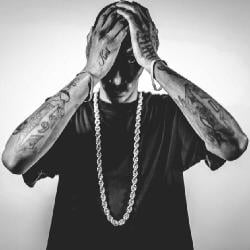 Mental illness is something that plagues Americans in each and every state within the country. Depression, anxiety and PTSD are silent killers. They may not cause physical death, but they do cause each and every individual affected by them to lose a piece of themselves. As an individual who struggles with depression as well as anxiety, I myself am on the battle field in this fight against mental illness.
Mental illness is something that plagues Americans in each and every state within the country. Depression, anxiety and PTSD are silent killers. They may not cause physical death, but they do cause each and every individual affected by them to lose a piece of themselves. As an individual who struggles with depression as well as anxiety, I myself am on the battle field in this fight against mental illness.
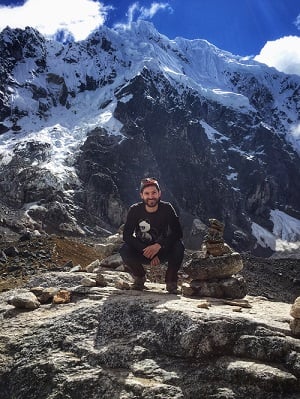 When I booked my trip to Asia, I was 23, fresh out of college, and a 100% bundle of nerves. I had just learned about my relationship with mental health (I’ve got that delightful combo of Moderate Anxiety & Obsessive Compulsive Disorder) and was working in sync with my therapist to manage it.
When I booked my trip to Asia, I was 23, fresh out of college, and a 100% bundle of nerves. I had just learned about my relationship with mental health (I’ve got that delightful combo of Moderate Anxiety & Obsessive Compulsive Disorder) and was working in sync with my therapist to manage it.
_0_0.jpg) I was in the 10th grade when it happened. I was in school and I had a massive anxiety attack. But for me anxiety affects me differently and I ended up struggling in utter silence. My name is Kennedy and I have selective mutism.
I was in the 10th grade when it happened. I was in school and I had a massive anxiety attack. But for me anxiety affects me differently and I ended up struggling in utter silence. My name is Kennedy and I have selective mutism.
 When I was a freshman in high school I had my first ever anxiety attack. I remember it was a Tuesday, right at the end of first period biology class. I faked sick that day, told my teacher I needed to go home. I had no idea what was going on or how to handle the way my body was acting. This happened to me the next day and then the same thing the next two days after that, until my mom suggested I see a doctor.
When I was a freshman in high school I had my first ever anxiety attack. I remember it was a Tuesday, right at the end of first period biology class. I faked sick that day, told my teacher I needed to go home. I had no idea what was going on or how to handle the way my body was acting. This happened to me the next day and then the same thing the next two days after that, until my mom suggested I see a doctor.
 I’ve been pretty much battling with anxiety and depression most of my life for various reasons. However, the reason I’ve realized that possibly made my mental health quite difficult to bare was the fact that my parents in the beginning weren’t all that supportive. I assumed because I was honest and upfront with them about my issues, it would be easier to overcome them. I definitely thought wrong.
I’ve been pretty much battling with anxiety and depression most of my life for various reasons. However, the reason I’ve realized that possibly made my mental health quite difficult to bare was the fact that my parents in the beginning weren’t all that supportive. I assumed because I was honest and upfront with them about my issues, it would be easier to overcome them. I definitely thought wrong.
_0_0.jpg) Does this look like the face of someone who struggles with anxiety?
Does this look like the face of someone who struggles with anxiety?
You never know what someone might be struggling with based on her or his appearance. Anxiety is a real issue that I fight to conquer every day. In the past, I hid behind my appearance to keep others from knowing about my war with anxiety on the inside. I no longer hide.
 TV HOST STRUGGLED WITH POSTPARTUM ANXIETY is not a headline you expect to read from your bubbly, toothy sportscaster. Maybe it’s not one you expect to ever hear from a man. Can be. Is.
TV HOST STRUGGLED WITH POSTPARTUM ANXIETY is not a headline you expect to read from your bubbly, toothy sportscaster. Maybe it’s not one you expect to ever hear from a man. Can be. Is.
I love kids. I used to be one. Everybody knows me knows this above all. I wanted to be a dad since I was 5. I’m a godfather to 6 right now, all girls!
 National Peanut Butter and Jelly Day is April 2nd. International Talk Like A Pirate Day is September 19th. Ask a Stupid Question Day is September 28th, but there’s no such thing as a stupid question so maybe there’s no such thing as Stupid Question Day.
National Peanut Butter and Jelly Day is April 2nd. International Talk Like A Pirate Day is September 19th. Ask a Stupid Question Day is September 28th, but there’s no such thing as a stupid question so maybe there’s no such thing as Stupid Question Day.
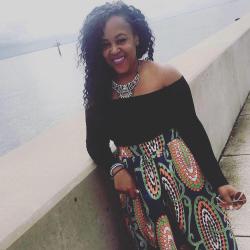 Why can’t you just be happy?
Why can’t you just be happy?
You know, you have it better than most people? You should be appreciative.
These are things I have heard since I was officially diagnosed with depression in 2000. It’s insane to think that in 2018, I still hear this from friends and family.
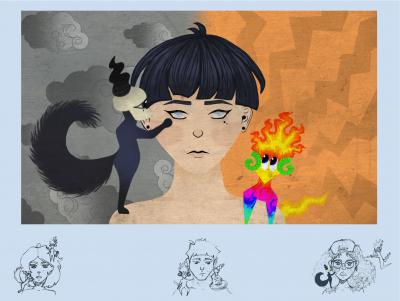 My name is Abigail Hills and I am an illustration major at Grand Valley State University in Michigan. I was in a car accident, a few years ago, and suffered a hit to the head. Since then I have been dealing with varying degrees of anxiety and depression. At first I didn’t understand what was going on. All I knew was that I was constantly worrying about things that had never bothered me before, and sometimes I did not want to be around people, or d
My name is Abigail Hills and I am an illustration major at Grand Valley State University in Michigan. I was in a car accident, a few years ago, and suffered a hit to the head. Since then I have been dealing with varying degrees of anxiety and depression. At first I didn’t understand what was going on. All I knew was that I was constantly worrying about things that had never bothered me before, and sometimes I did not want to be around people, or d
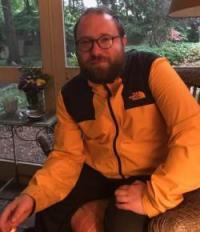 When I was about 22 years old, I had, what they call in Shakespearean studies, hubris. I had recently graduated from a competitive public high school, and had been accepted into the University of Chicago, undergraduate studies. Little did I know what was in store for me.
When I was about 22 years old, I had, what they call in Shakespearean studies, hubris. I had recently graduated from a competitive public high school, and had been accepted into the University of Chicago, undergraduate studies. Little did I know what was in store for me.
 ADAA has partnered with Healthline.com to share China McCarney’s personal story of triumph “I Embrace My Anxiety, Because It’s Part of Me” with both of our communities.
ADAA has partnered with Healthline.com to share China McCarney’s personal story of triumph “I Embrace My Anxiety, Because It’s Part of Me” with both of our communities.
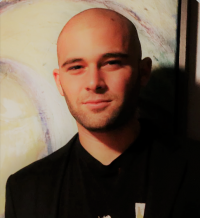 My name is Zac Hersh, but I go by “Z.” I am a 23-year-old recent college graduate, certified personal trainer, yoga instructor, mindfulness and meditation coach, and an accomplished distance runner, and triathlete. I am also the co-creator of the Mood mobile app.
My name is Zac Hersh, but I go by “Z.” I am a 23-year-old recent college graduate, certified personal trainer, yoga instructor, mindfulness and meditation coach, and an accomplished distance runner, and triathlete. I am also the co-creator of the Mood mobile app.
 At 3 AM on a July 2012 morning, I lay helpless on an emergency room cot, unable to experience any emotion other than fear and the physical sensations that racked my body. My extreme levels of anxiety did not cease; my body showed me no mercy, perhaps because my racing mind did not extend that courtesy to my body. I was wrapped in a backless hospital gown and meagerly strewn blanket that had been nuked in a microwave to keep me warm.
At 3 AM on a July 2012 morning, I lay helpless on an emergency room cot, unable to experience any emotion other than fear and the physical sensations that racked my body. My extreme levels of anxiety did not cease; my body showed me no mercy, perhaps because my racing mind did not extend that courtesy to my body. I was wrapped in a backless hospital gown and meagerly strewn blanket that had been nuked in a microwave to keep me warm.
 I have battled more at the age of 25 than most humans do in a lifetime. Take a moment to think of the most dreadfully painful experience you have had – I can empathize with you. In my life, I have overcome two near death experiences. One at the age of 11 which left me in a coma, the other at 21 where I was fighting against a collapsed lung and losing a lot of blood. My suffering has not only been painful physically but mentally.
I have battled more at the age of 25 than most humans do in a lifetime. Take a moment to think of the most dreadfully painful experience you have had – I can empathize with you. In my life, I have overcome two near death experiences. One at the age of 11 which left me in a coma, the other at 21 where I was fighting against a collapsed lung and losing a lot of blood. My suffering has not only been painful physically but mentally.
Mark Bermudez, an art student at Florida International University, reached out to ADAA a few months ago to let us know that he was working on a project for his Graphic Design III class where he would create a series of posters that explain how mental illnesses can affect people through the use of metaphor. His designs are all related to the different themes that represent ADAA’s outreach and educational efforts around anxiety, depression and related disorders.
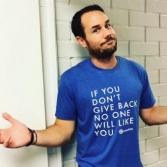 I have lived with anxiety since 2009. I was 22 years old. My first panic attack occurred that year. About 45 minutes into a car drive I felt as if I was going to die. I could not breathe and had to pull the car off the road and walk for hours to try and catch my breath. That was my introduction to anxiety and I had no idea that I was about to embark on a back and forth journey for years to come.
I have lived with anxiety since 2009. I was 22 years old. My first panic attack occurred that year. About 45 minutes into a car drive I felt as if I was going to die. I could not breathe and had to pull the car off the road and walk for hours to try and catch my breath. That was my introduction to anxiety and I had no idea that I was about to embark on a back and forth journey for years to come.
When I last sat down to reflect on my journey with anxiety I was nervous, timid, and YES even a little ANXIOUS. I wanted to share my story with the “right” spin or the “right” perspective. I gave just enough details to get the point across and deflect the focus away from me and my “issues”. This is what came out.
I was in seventh grade when I discovered I had anxiety. I didn't go to school for 2 months because every day my mom would take me, and I would end up on the floor of the car sobbing and hyperventilating. I was a sophomore in high school when I was diagnosed with depression. I skipped class a lot, I would cry over everything, and I would never leave the house.
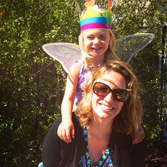 Generalized anxiety disorder can be hard to recognize because you may not think of yourself as worried or anxious. But if you are having physical pain, or waking up in the night, or sensitive to sounds, or overthinking things, you may have GAD. That's what happened to me.
Generalized anxiety disorder can be hard to recognize because you may not think of yourself as worried or anxious. But if you are having physical pain, or waking up in the night, or sensitive to sounds, or overthinking things, you may have GAD. That's what happened to me.
 For most of my life I’ve struggled with social anxiety disorder, along with generalized anxiety disorder, OCD, and depression. During the worst of it, I was on strong medication and medical disability benefits due to my fear of job interviews. I would feel uncomfortable or awkward in public 90 percent of the time.
For most of my life I’ve struggled with social anxiety disorder, along with generalized anxiety disorder, OCD, and depression. During the worst of it, I was on strong medication and medical disability benefits due to my fear of job interviews. I would feel uncomfortable or awkward in public 90 percent of the time.
 Depression can affect anyone — men, women, and children — at any point in their lives. And its debilitating effects show up in many different ways. Doug Duncan tells us how depression changed his life.
Depression can affect anyone — men, women, and children — at any point in their lives. And its debilitating effects show up in many different ways. Doug Duncan tells us how depression changed his life.
What can we do to prosper when facing pain and suffering in our lives?
I am a world champion of trampoline gymnastics, and I have suffered from anxiety for many years. Having anxiety is like having diabetes or asthma: They are all illnesses. But in 20 years as a trampolinist, I have yet to see someone yelled at for having diabetes or asthma.
a world champion of trampoline gymnastics, and I have suffered from anxiety for many years. Having anxiety is like having diabetes or asthma: They are all illnesses. But in 20 years as a trampolinist, I have yet to see someone yelled at for having diabetes or asthma.
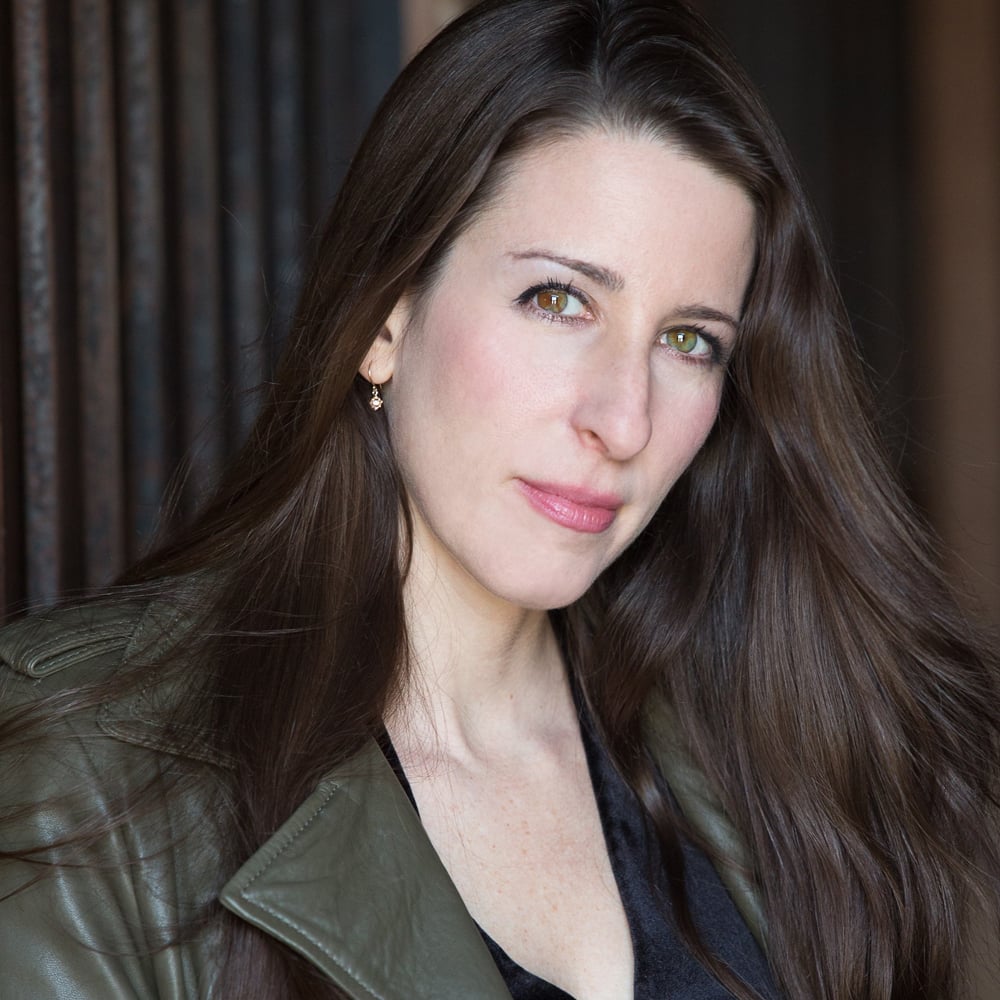 There was a time when basic things—like driving, climbing a flight of stairs, taking a shower, or going through the checkout line at the grocery store—landed me somewhere between mortal unease and full-throttle terror. It all began with a single panic attack that seemed to strike out of the blue. Mistaking it for a heart attack, I called an ambulance, but I quickly learned that there is no ambulance for an alarm of the mind.
There was a time when basic things—like driving, climbing a flight of stairs, taking a shower, or going through the checkout line at the grocery store—landed me somewhere between mortal unease and full-throttle terror. It all began with a single panic attack that seemed to strike out of the blue. Mistaking it for a heart attack, I called an ambulance, but I quickly learned that there is no ambulance for an alarm of the mind.
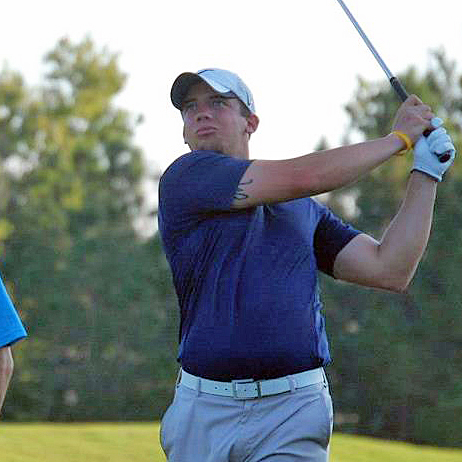 My earliest childhood memories are of constant fear. A skinny kid with crooked teeth, somewhat shy and reserved with social anxiety, I was an easy target for bullies, which made my issues even more difficult to handle. I never spoke to anyone about my feelings because I felt they were my fault.
My earliest childhood memories are of constant fear. A skinny kid with crooked teeth, somewhat shy and reserved with social anxiety, I was an easy target for bullies, which made my issues even more difficult to handle. I never spoke to anyone about my feelings because I felt they were my fault.
If anyone had told me several years ago that everything would get better, I would have nodded while screaming disbelief inside my head. I thought things simply could not get better, that I'd be forever feel imprisoned in a dark room.
had told me several years ago that everything would get better, I would have nodded while screaming disbelief inside my head. I thought things simply could not get better, that I'd be forever feel imprisoned in a dark room.
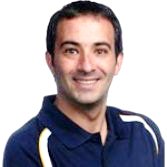 I have learned that anxiety and depression go hand-in-hand, and there is no shame in having either — although it’s tough for many people to get their arms around that concept. When I struggled with both in my last couple years as the Texas Rangers’ baseball play-by-play announcer, the few people in whom I confided expressed genuine shock. “Depressed? About what? You’ve got a great job! Legions of adoring fans! A wonderful family!
I have learned that anxiety and depression go hand-in-hand, and there is no shame in having either — although it’s tough for many people to get their arms around that concept. When I struggled with both in my last couple years as the Texas Rangers’ baseball play-by-play announcer, the few people in whom I confided expressed genuine shock. “Depressed? About what? You’ve got a great job! Legions of adoring fans! A wonderful family!
 My descent into GAD (generalized anxiety disorder) began the morning I received the call bringing the news of my mother's accidental death. It was the same week that my husband was laid off. We had moved across the country for his new job, and eight months later he was laid off. After only two months out West, we moved back, and I had a nervous breakdown.
My descent into GAD (generalized anxiety disorder) began the morning I received the call bringing the news of my mother's accidental death. It was the same week that my husband was laid off. We had moved across the country for his new job, and eight months later he was laid off. After only two months out West, we moved back, and I had a nervous breakdown.
I had my first experience with severe long-term depression at age 23 when a series of events converged simultaneously. I couldn't sleep, and my lack of appetite had me losing such a significant amount of weight that I feared I would end up in the hospital. I forced myself to eat and eventually gained back the weight, and later an appetite. Being on my own at this age in the late 1980s with limited knowledge of depression, I wouldn't realize what was happening to me until years later.
I’m 21 years old, and besides my busy schedule as a full-time student the University of St. Thomas in St. Paul, Minnesota, keeping a regular running and yoga schedule, work, and trying to balance a social life, I am also the founder and Executive Director of Anxiety In Teens Non-Profit, LLC.
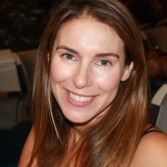 I've suffered from generalized anxiety disorder, or GAD, coupled with panic attacks for more than two decades.
I've suffered from generalized anxiety disorder, or GAD, coupled with panic attacks for more than two decades.
My first major attack struck during a bathroom break in the 7th grade. As I fought waves of nausea and shaky confusion, I feared I was the same as my bipolar father.
The anxiety and shame started when Diance was 25. She was sitting in a pew at her church, where she is active in the ministry. It seemed to come out of nowhere. She felt as if she were going to jump out of her skin.
Diance doesn’t know why she felt so anxious. But she knows what she saw when the feeling overwhelmed her: a nearby woman wearing a v-neck sweater.
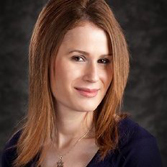 "Books, pencils, pens; books, pencils, pens." This was my mantra at age 8, when I sta
"Books, pencils, pens; books, pencils, pens." This was my mantra at age 8, when I sta
It started at the onset of puberty, when I was 11 years old. I was at school, watching my older sister load the school bus to be taken away to 6th-grade camp. Suddenly a wave of panic overcame me. I don't recall my physical symptoms other than a racing heart and nausea.
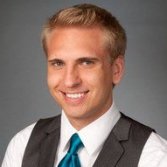 An excellent student, a talented singer and musician, a competitive athlete. That’s how I appeared on the outside as a young child, but I felt as though I were trapped in a nightmare that would never end. Years later, and after a lot of hard work, my bad dream is finally over.
An excellent student, a talented singer and musician, a competitive athlete. That’s how I appeared on the outside as a young child, but I felt as though I were trapped in a nightmare that would never end. Years later, and after a lot of hard work, my bad dream is finally over.
As a child, I was gregarious, outgoing, and happy-go-lucky. Then something went horribly askew at about age 12. I did not know why I was unable to focus when I had been the best reader in school. I had been talkative, but I kept to myself, remained silent, and let bullies pick on me. I hadn't the slightest idea what was going on with my body and mind. Eighth-grade was probably my worst year because I was taunted, harassed, and bullied.
Looking back, I recall first experiencing a panic attack in the sixth grade. I remember getting so nervous that I would have to leave class and go to the counselor’s office. Until I was 16, I was in and out of psychiatrists’ offices. It was a challenge to find a psychiatrist that I could connect with. Throughout junior high and high school, I still experienced anxiety and panic attacks. And when I started college, my anxiety and panic attacks intensified.
Many people know Ricky Williams as the Heisman Trophy-winning running back who had it all — fame, money, and talent. Selected as the fifth NFL draft pick out of college, he became a celebrity overnight. With a successful career underway, who would believe that this football sensation who played for crowds of 100,000 dreaded the thought of going to the grocery store or meeting a fan on the street?
 After more than 20 years of not going to a grocery store, restaurant, or public place alone, not driving out of my safe area and not attending school functions for my children, I began my difficult recovery from panic disorder, agoraphobia, and social anxiety disorder.
After more than 20 years of not going to a grocery store, restaurant, or public place alone, not driving out of my safe area and not attending school functions for my children, I began my difficult recovery from panic disorder, agoraphobia, and social anxiety disorder.
An evening spent playing bridge with other couples was always fun for Rita, but one time it became a nightmare. Dealing the cards, first her hands began to tremble, and then her body shook uncontrollably. Terrified, she ran to the bathroom where she fell to the floor crying. She didn’t understand what was happening to her, so she told her husband she was ill and needed to go home.
“Hi! I'm Jack. And I have an anxiety disorder.”
Merely talking to other people makes me anxious. I often experience "phone fear." I avoid social gatherings (particularly parties), which I find excruciating. Crowded settings, especially without a perceptible escape route, cause me uneasiness, sometimes panic.
I have suffered from social anxiety disorder since I was about 10 years old, or about 34 years. I was a very intelligent child, but when teachers noticed a difference in me, I started trying to be invisible. Social situations, including school, were torture. I bulldozed my way through life, including dabbling in alcohol and substance abuse for relief of my anxiety and depression. I find it very interesting that the disorder is marked by a morbid fear of authority figures. And here I thought I was just being a rebel!
I am a middle-aged woman, married with two children. I was diagnosed with posttraumatic stress disorder (PTSD) at age 25. I am grateful to say that I have had tremendous support, terrific professional help, a strong will to recover, and a resolve to do whatever work necessary to overcome all of my trauma. Other miraculous help has been my spiritual beliefs and practices.
Looking back, I can see that I had symptoms of an anxiety disorder even as a small child. I remember going for weeks at a time waking up, unable to go back to sleep. Then, as if by magic, I would go back to sleeping normally.
Fear is an unseen enemy that can emotionally cripple and turn your life into a nightmare unless you learn, as I did, how to stage your own “anxiety rescue.”
My struggles with emotional and mental problems began at age 12, when I experienced my first nervous breakdown. At age 20 I was diagnosed with major depression. By the time I was 30 that diagnosis had changed to chronic major depression with generalized anxiety disorder (GAD). Later, ADHD and obsessive-compulsive disorder (OCD) were added to my diagnoses. At age 40, and after three suicide attempts within two years, my therapist began to suspect that I suffered from bipolar disorder.

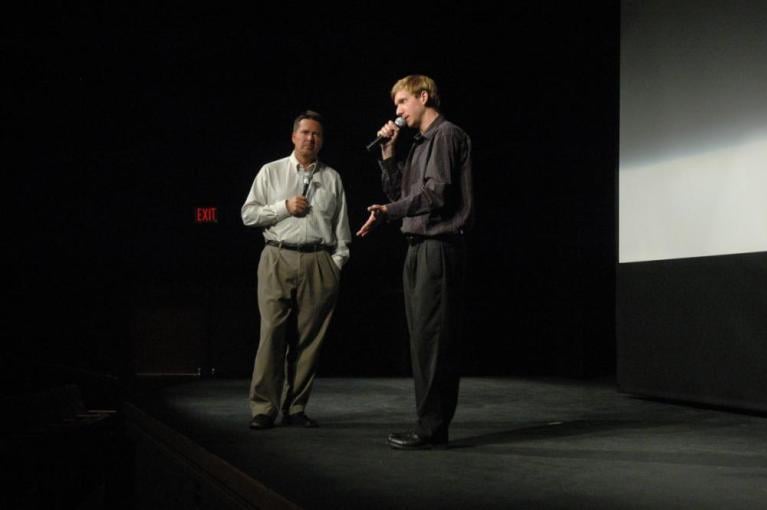
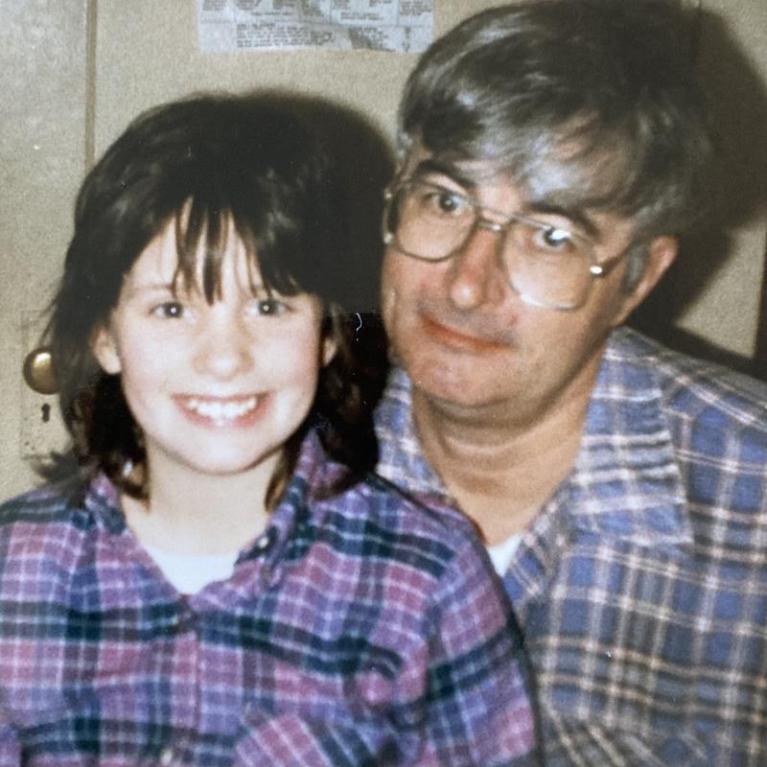
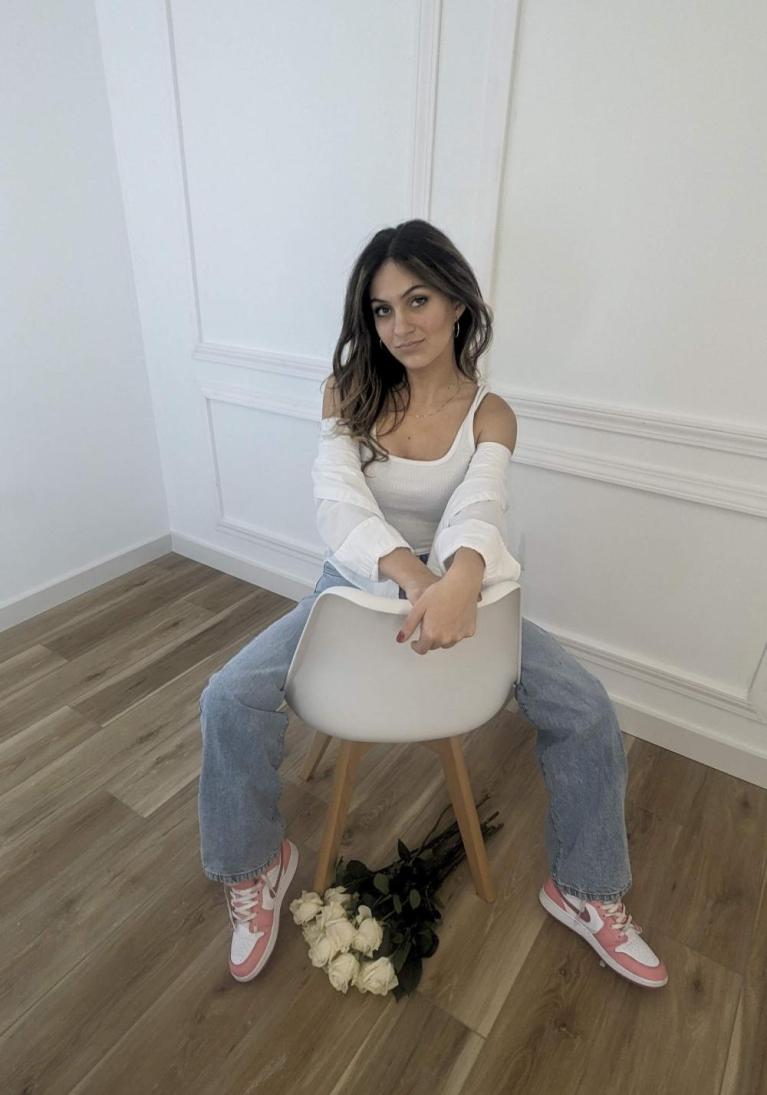
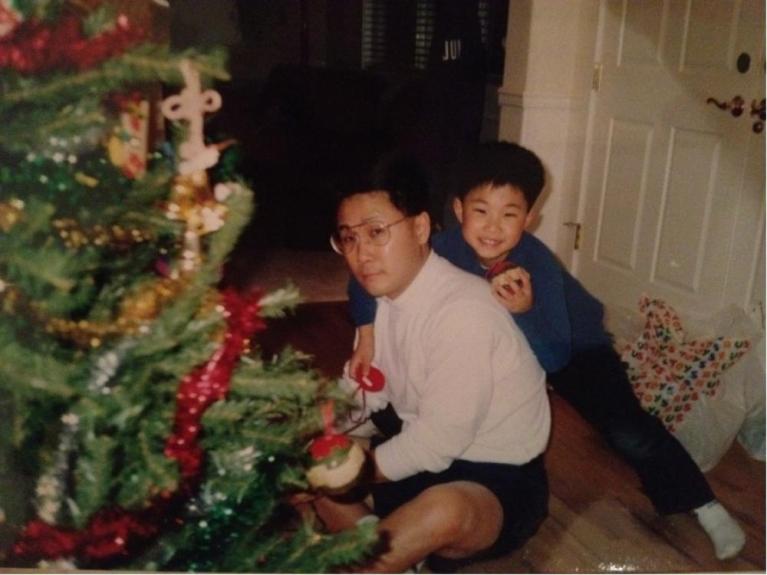
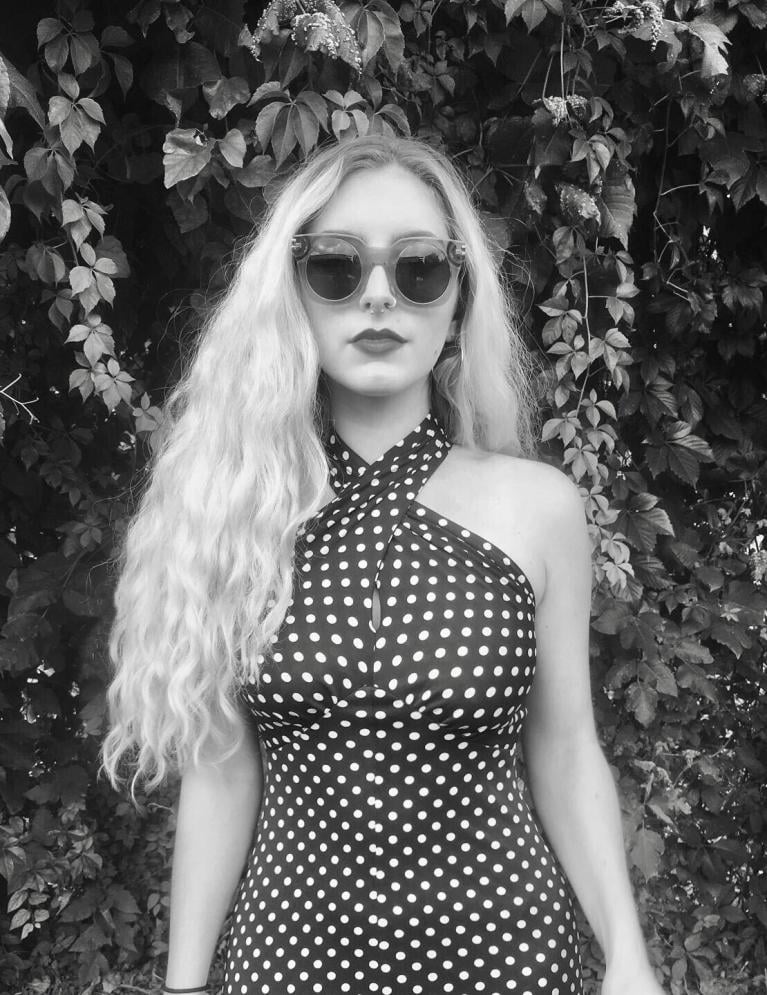
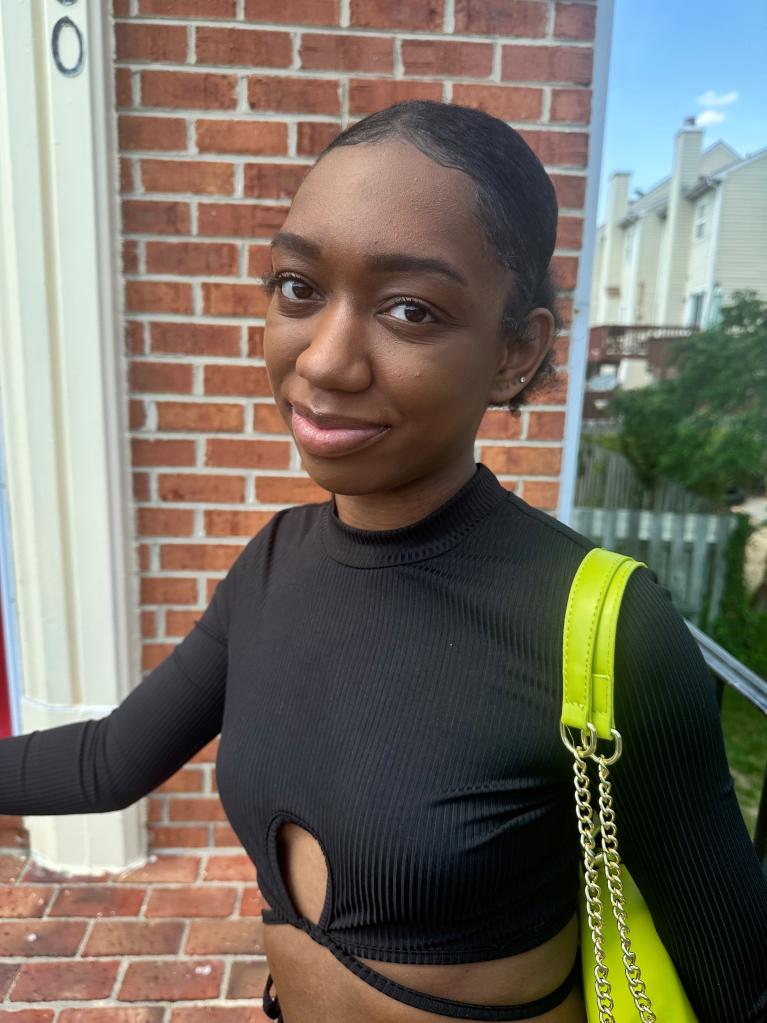
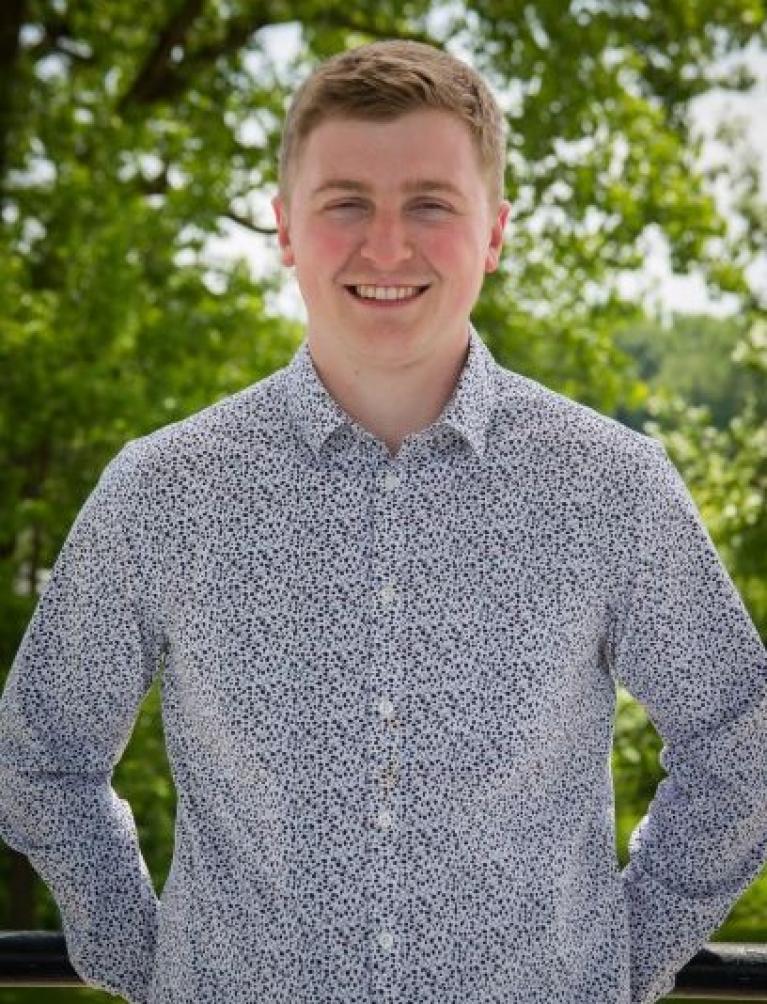
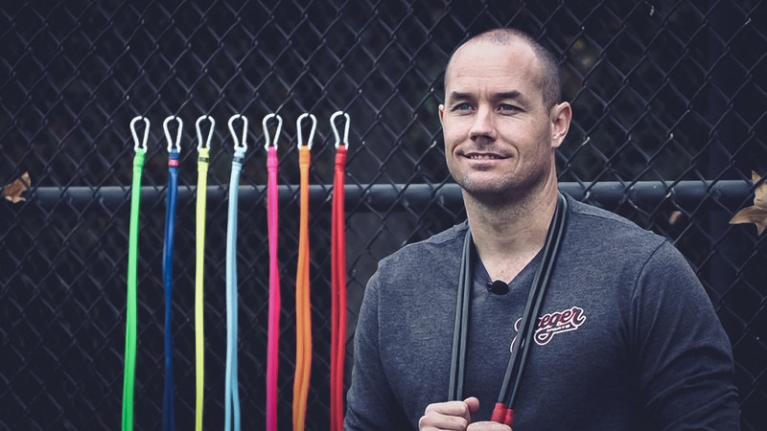

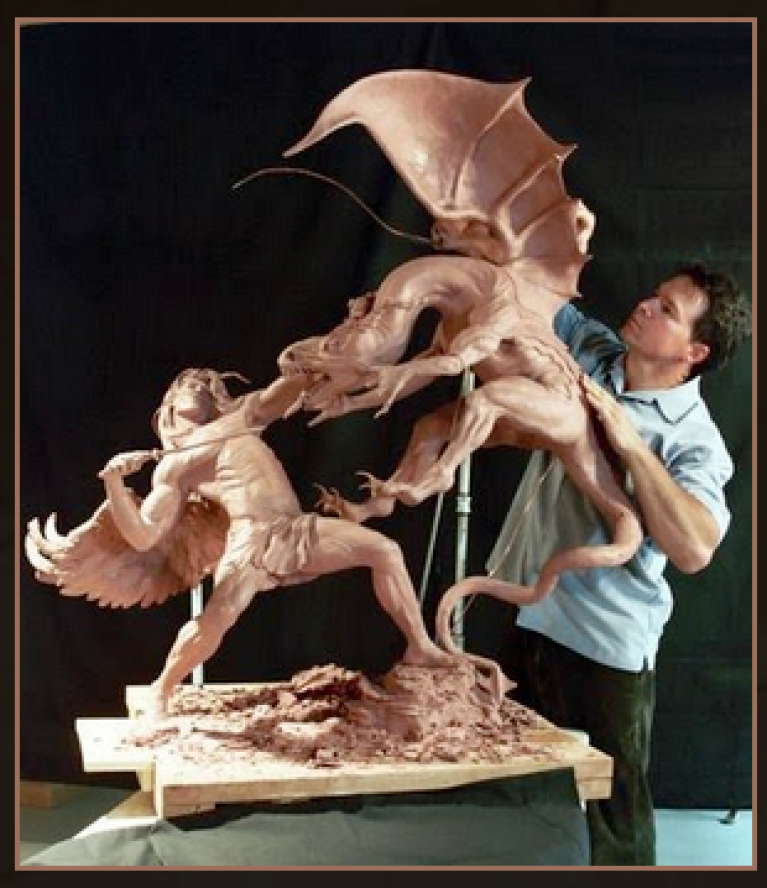
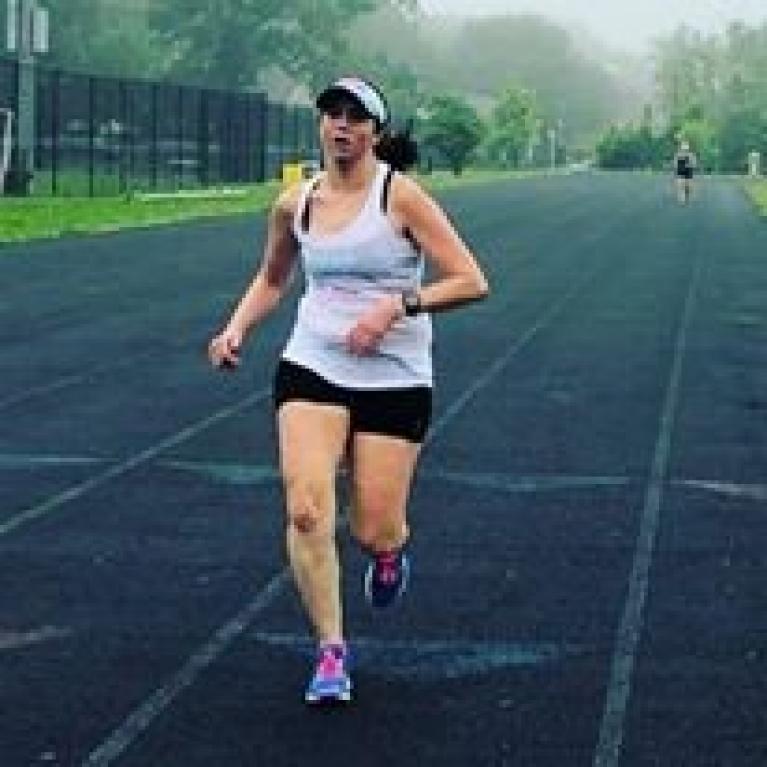
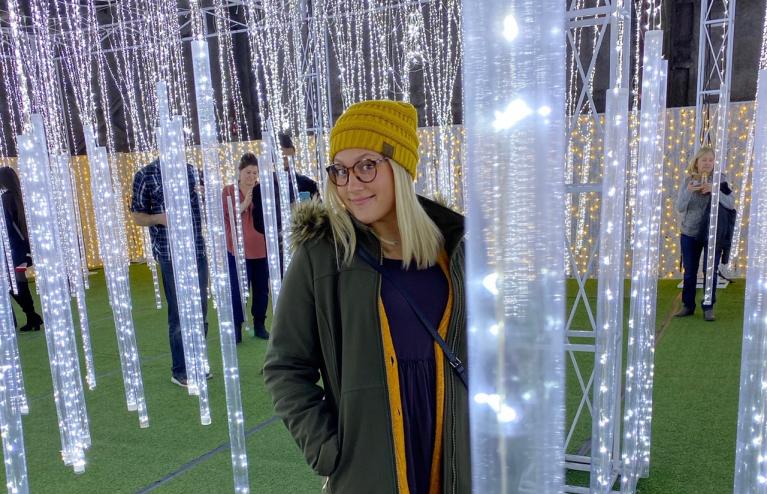

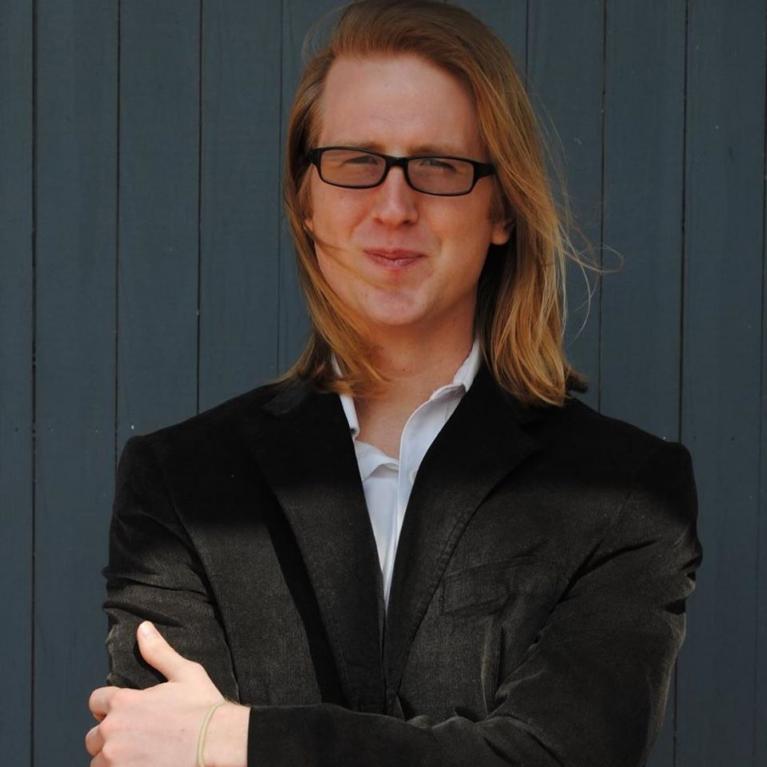
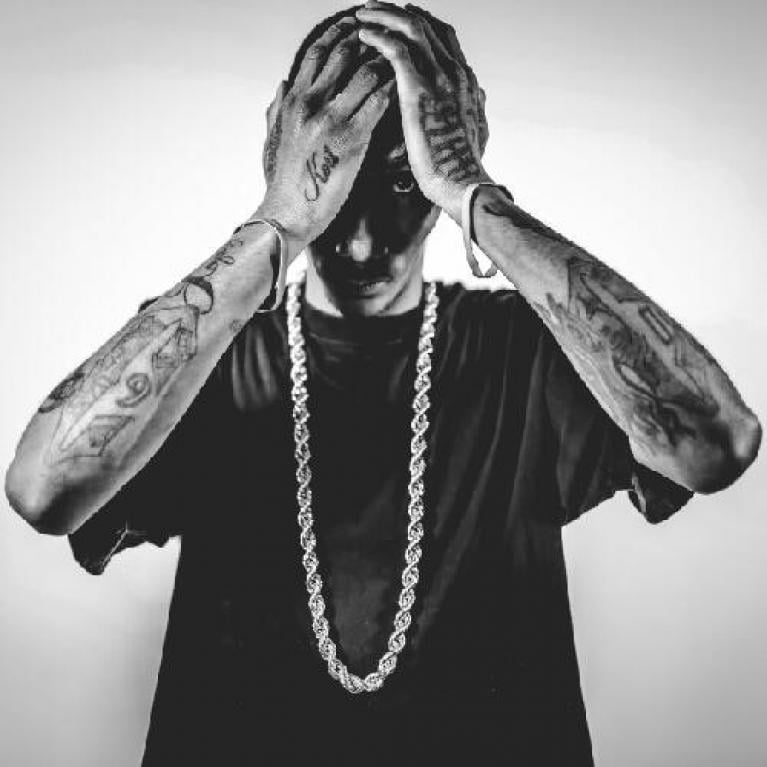
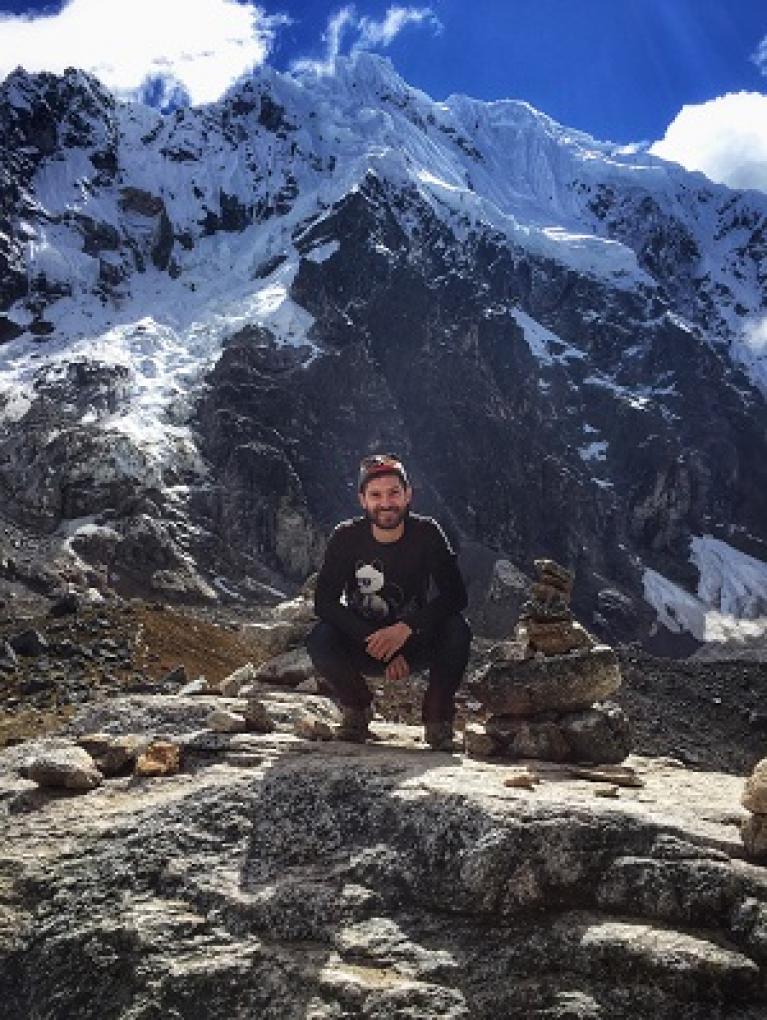
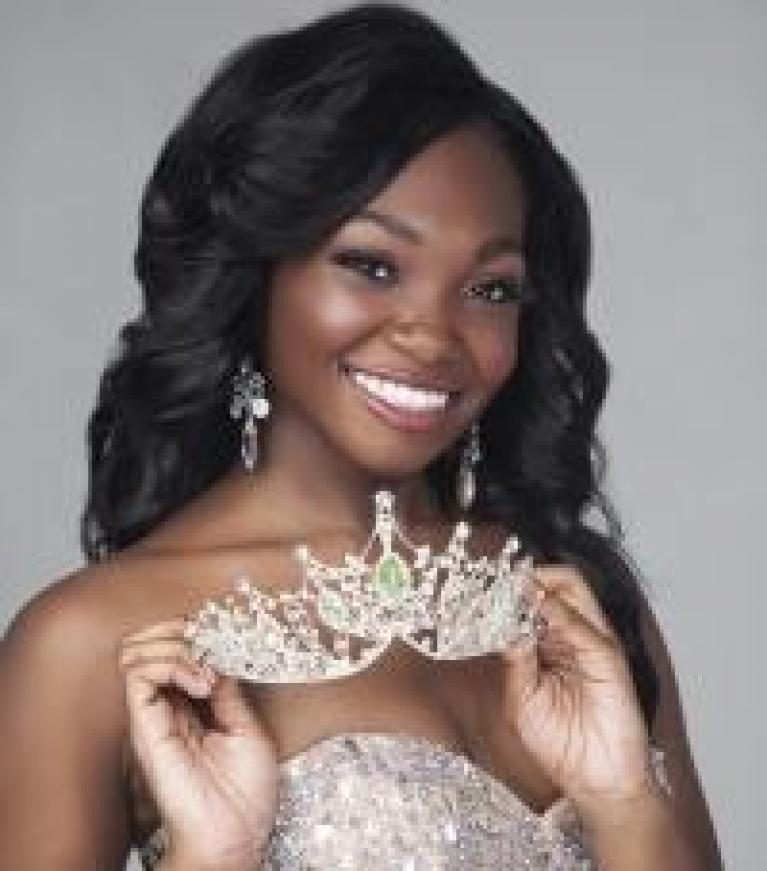

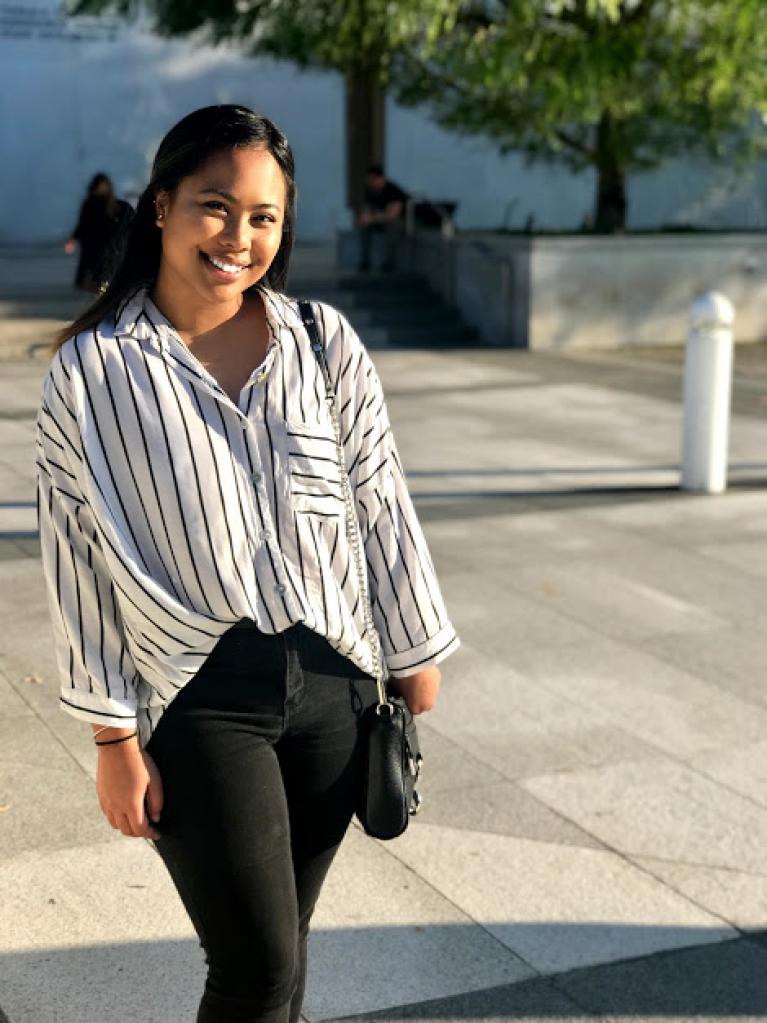


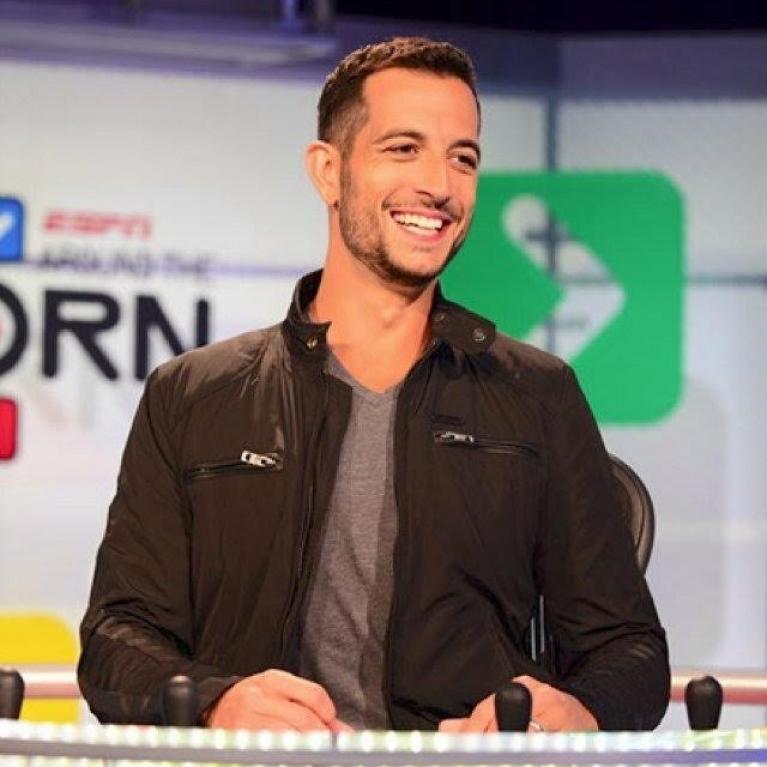
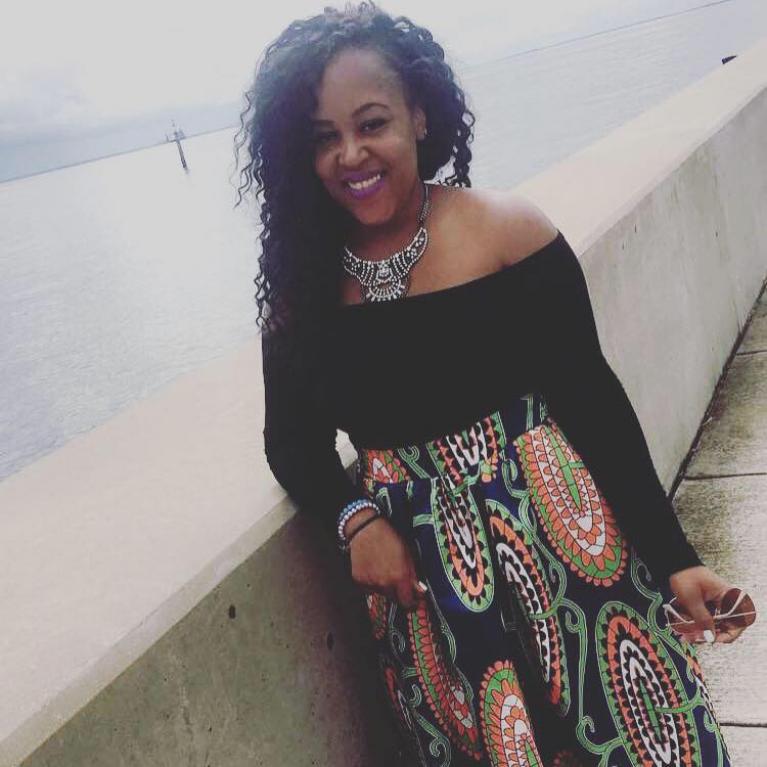
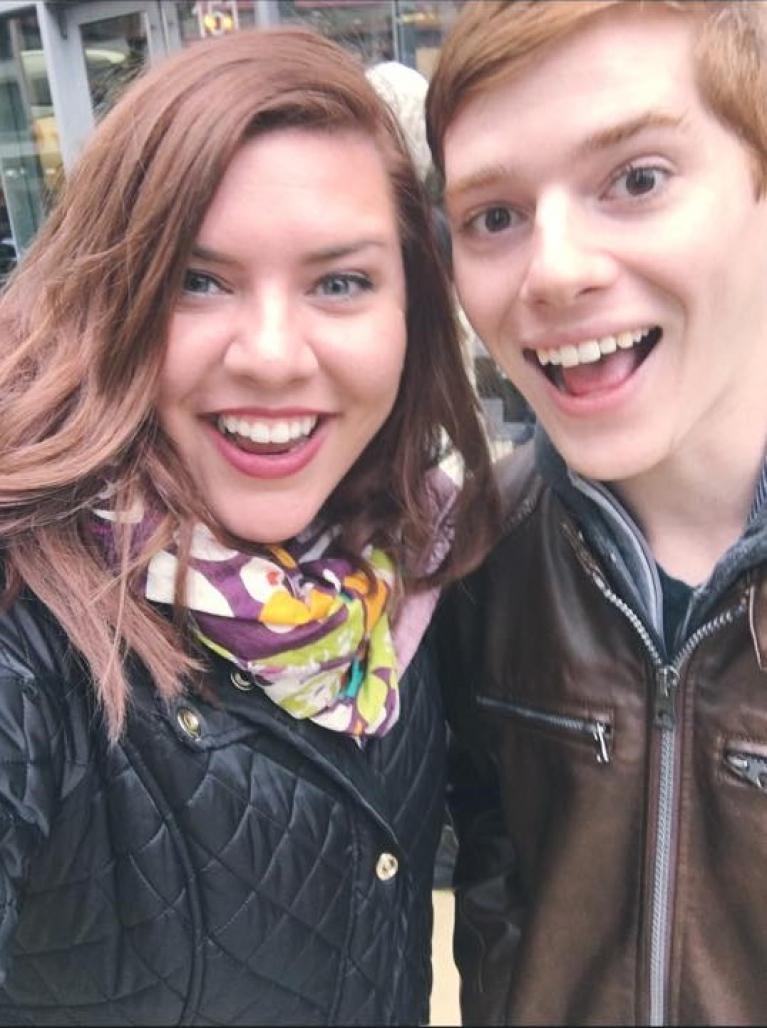
 5 months later
5 months later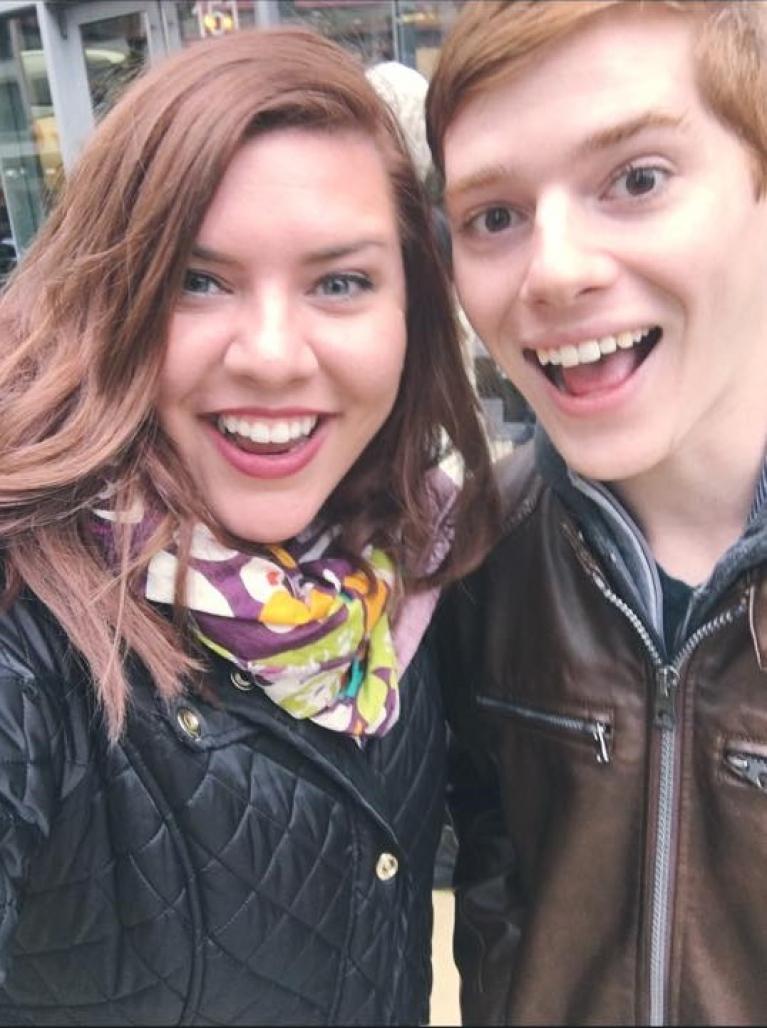
 3 months later
3 months later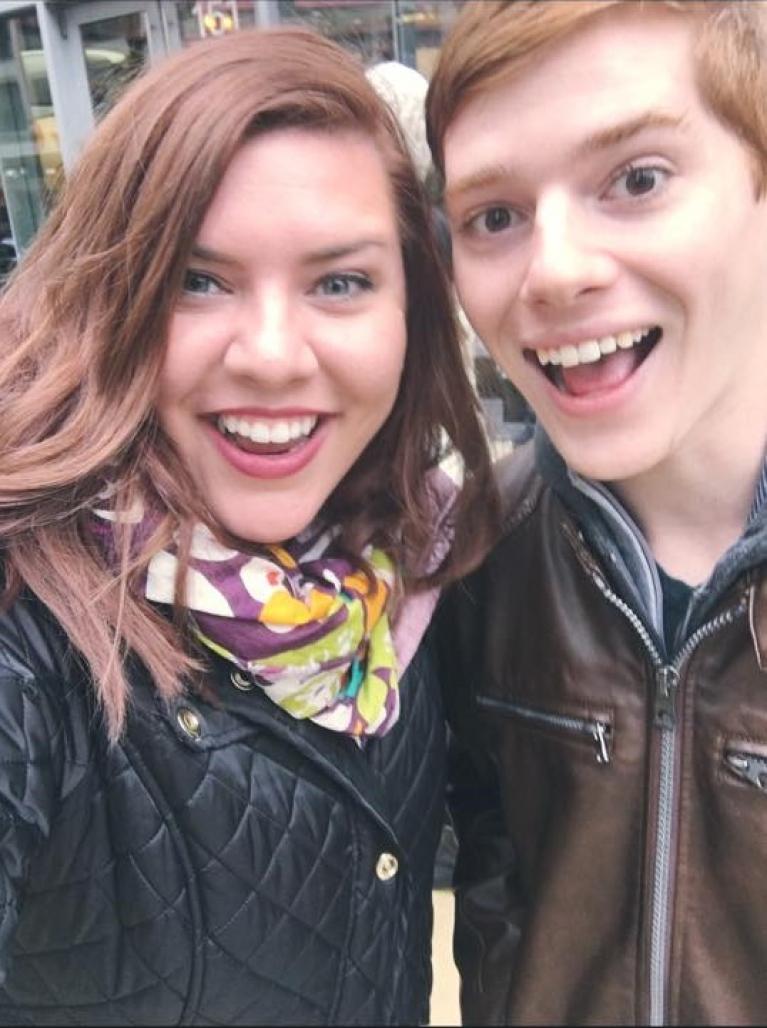
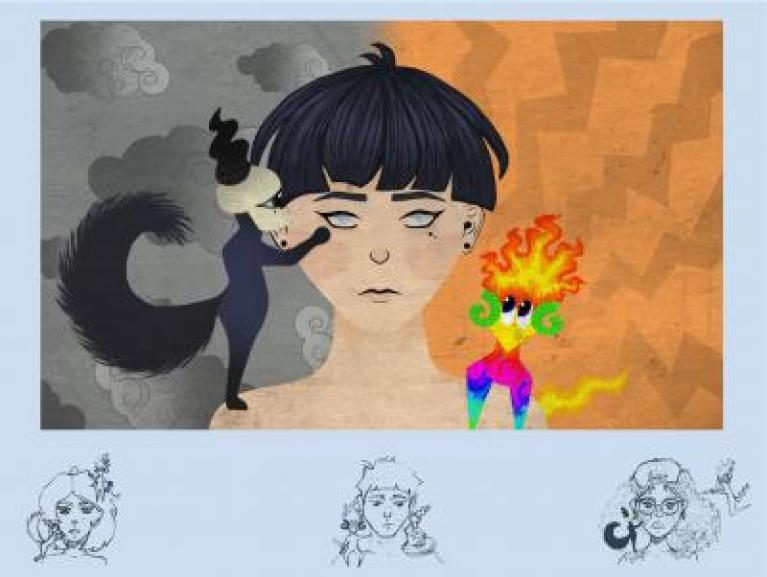
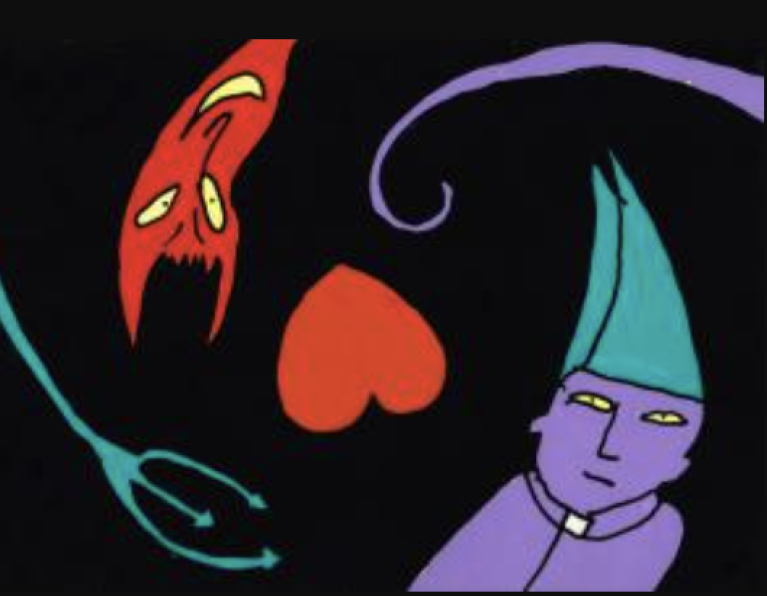
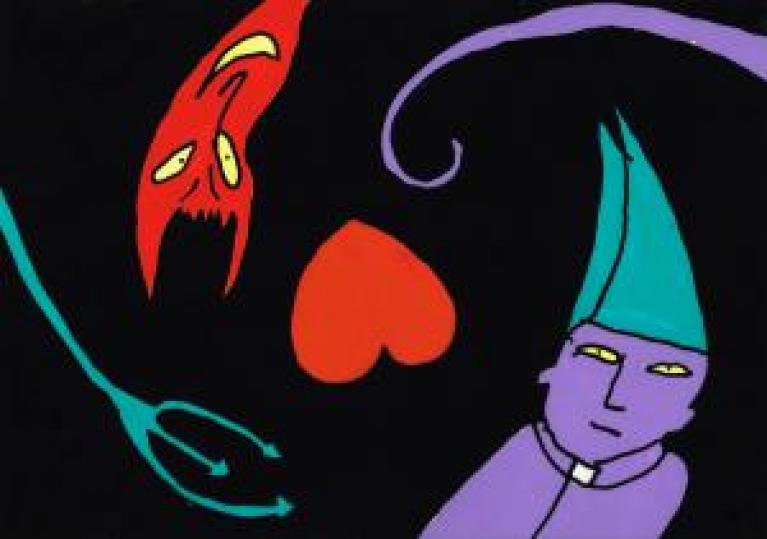
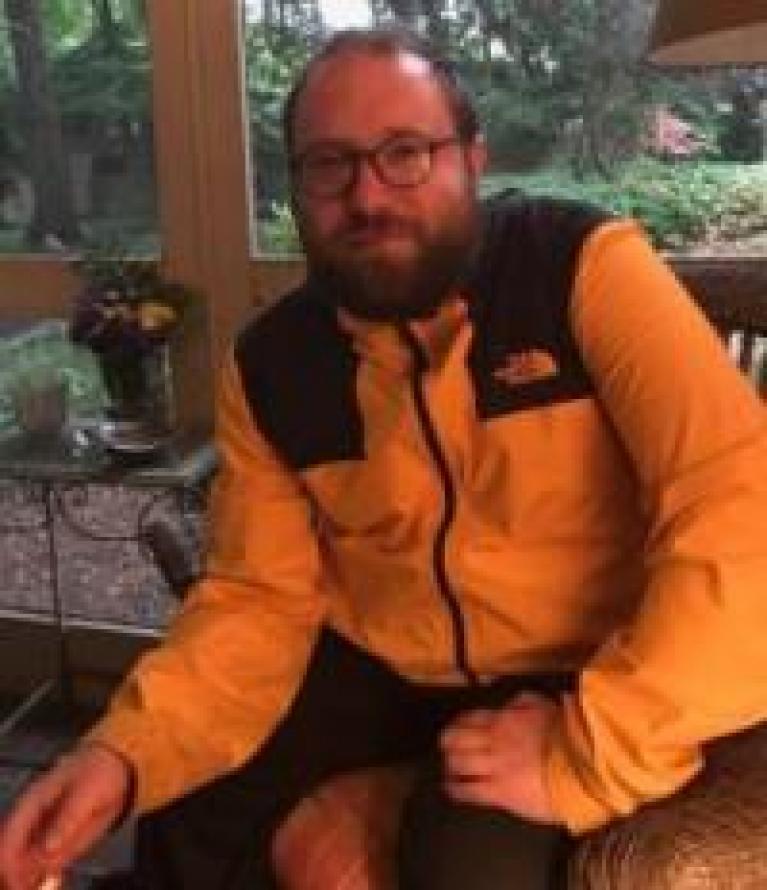

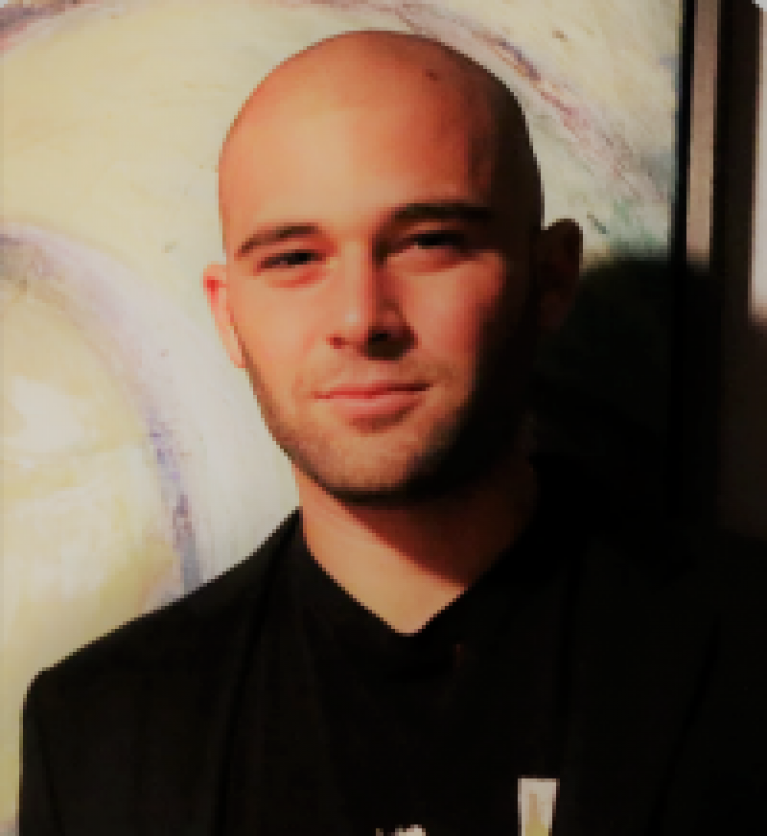
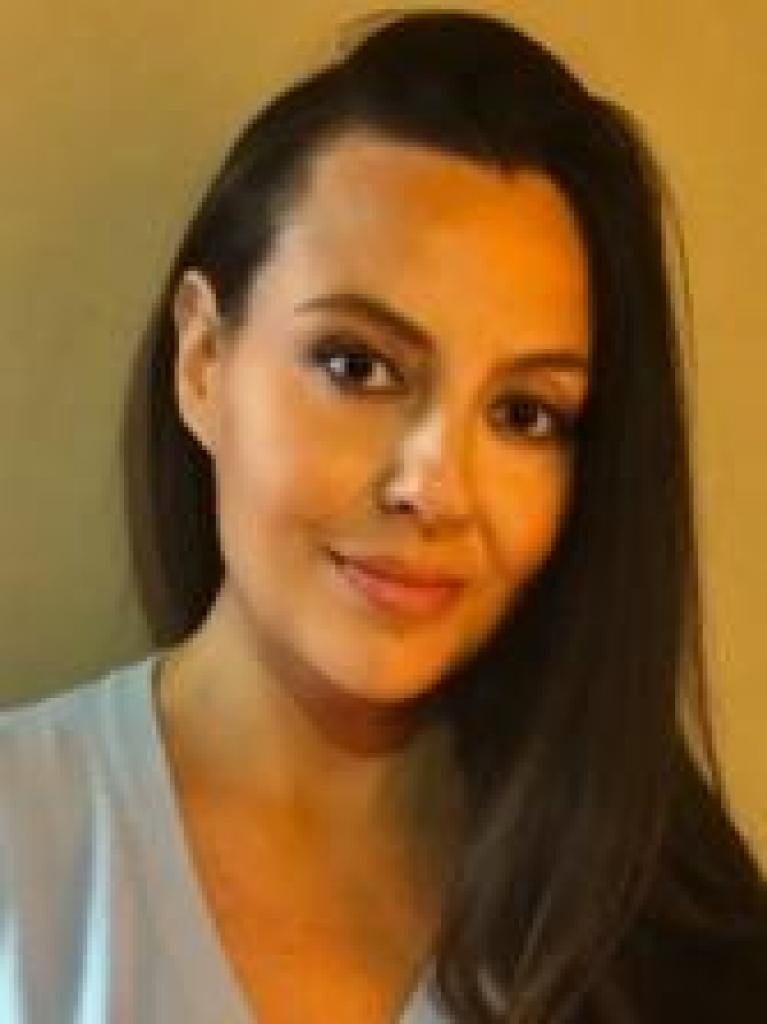

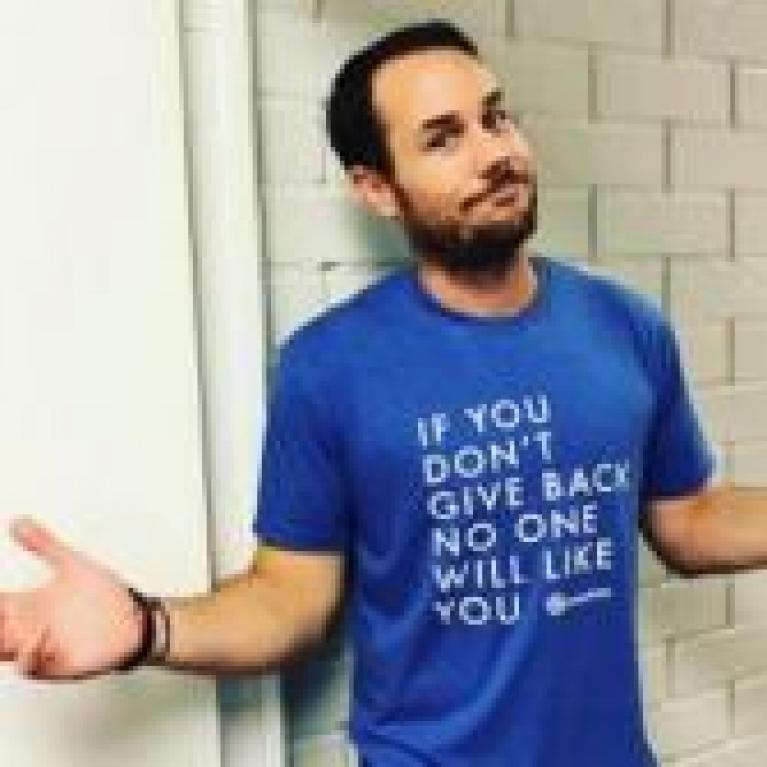
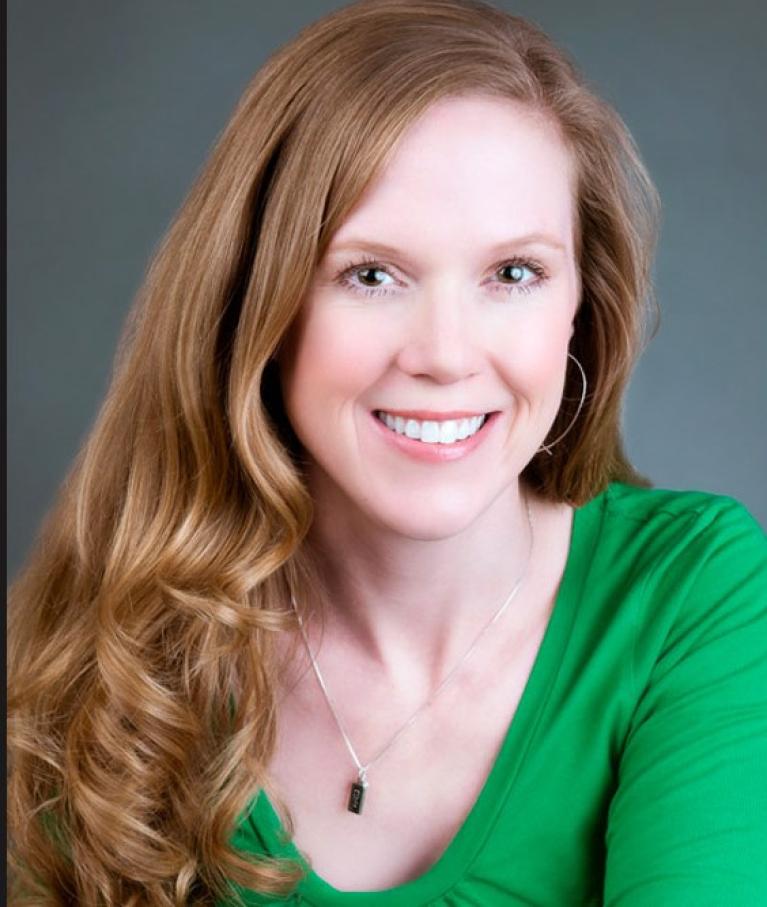
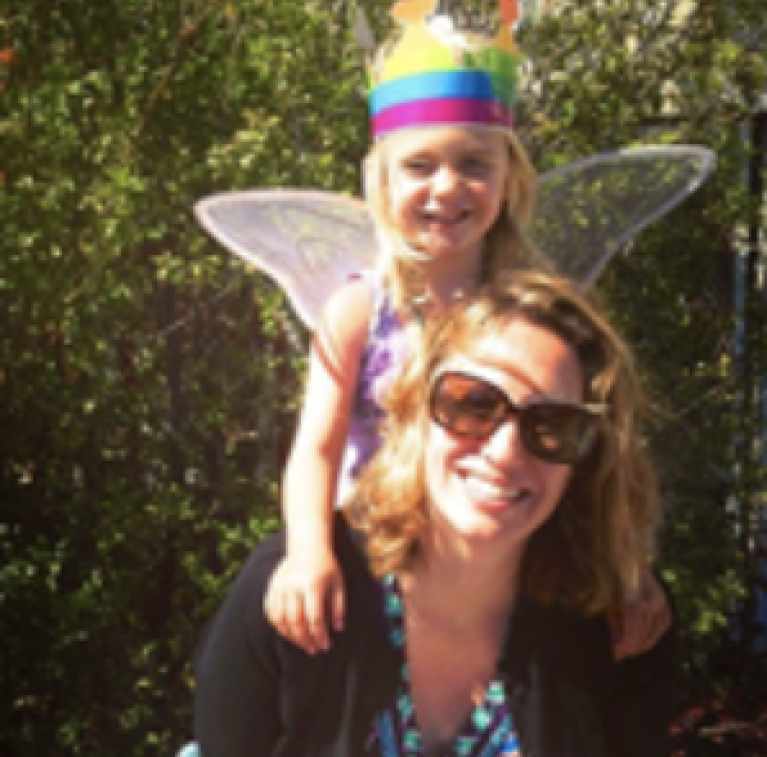
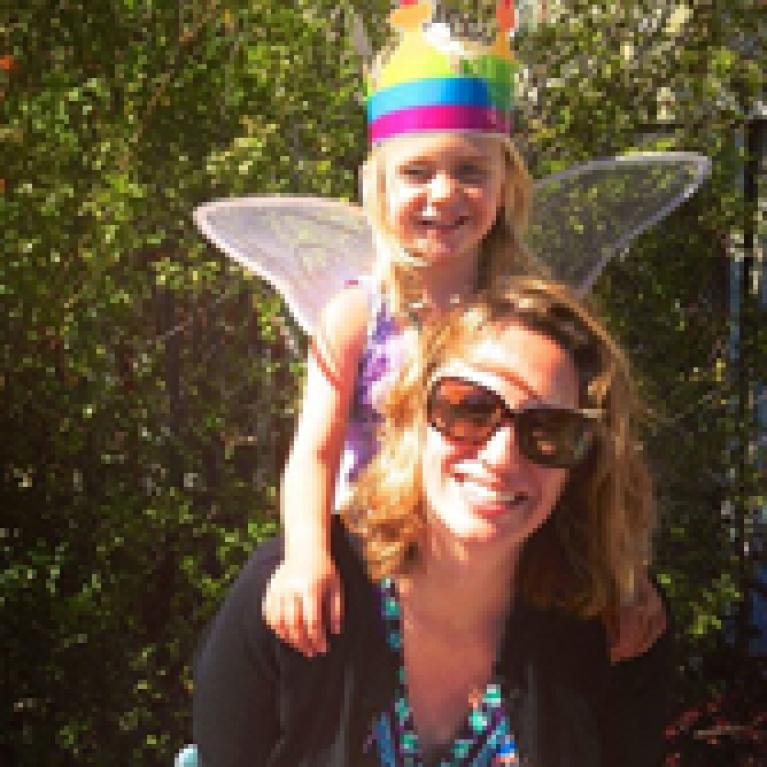


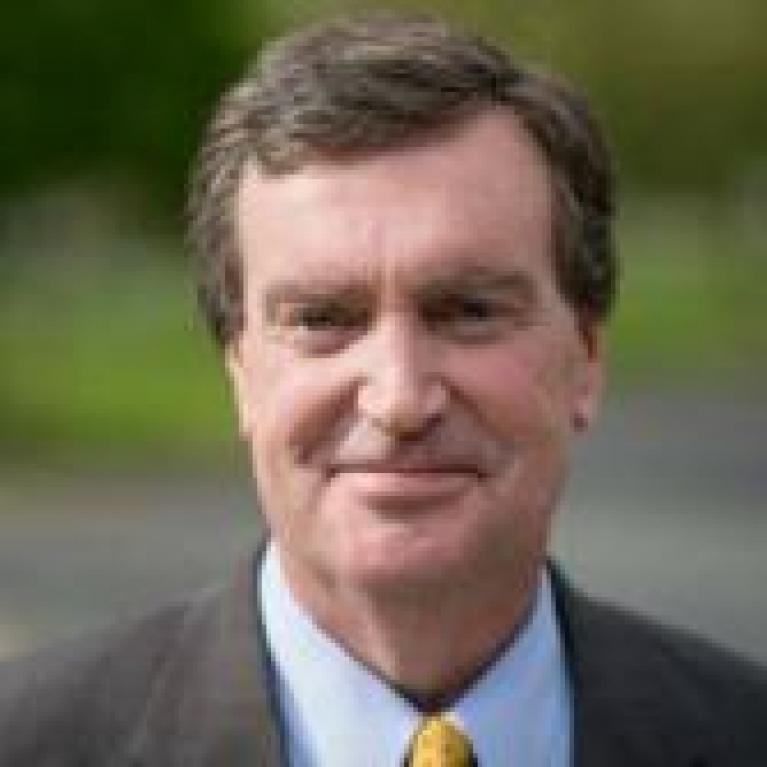

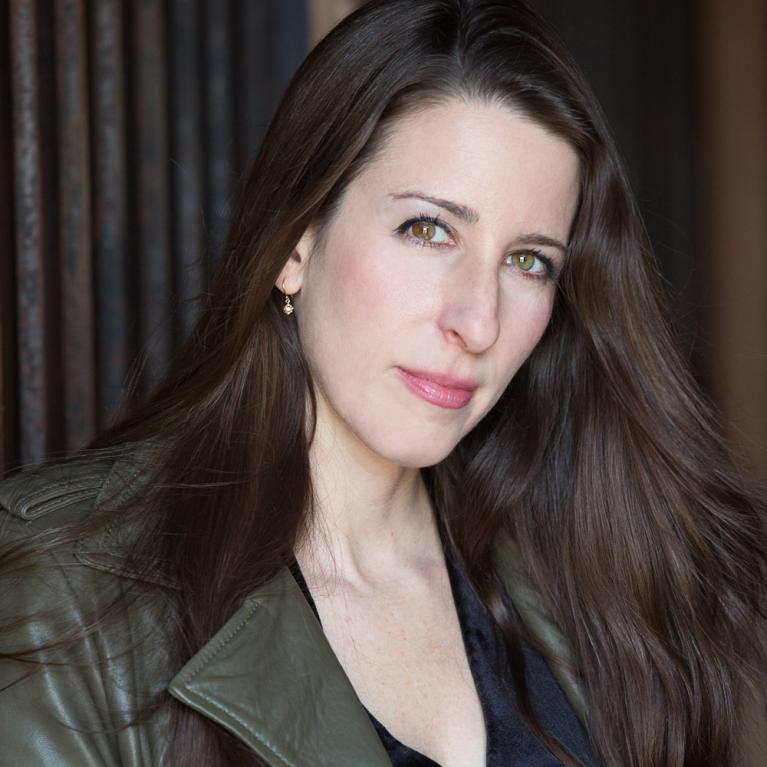



 Nothing could have been worse for me than being a teenager in high school — until I became a teenager in high school with depression.
Nothing could have been worse for me than being a teenager in high school — until I became a teenager in high school with depression. 
